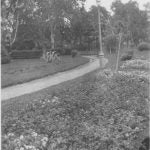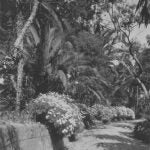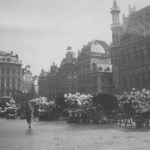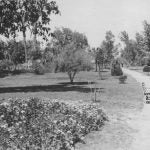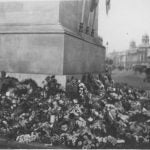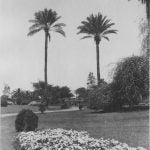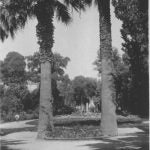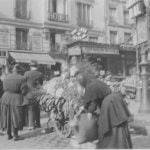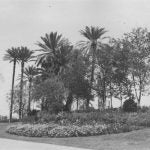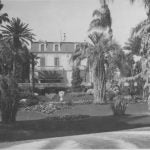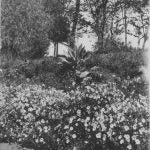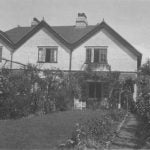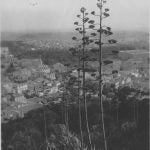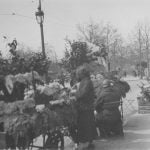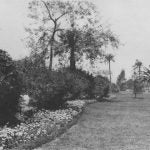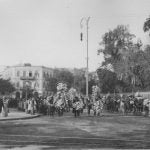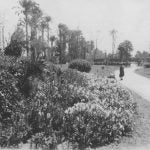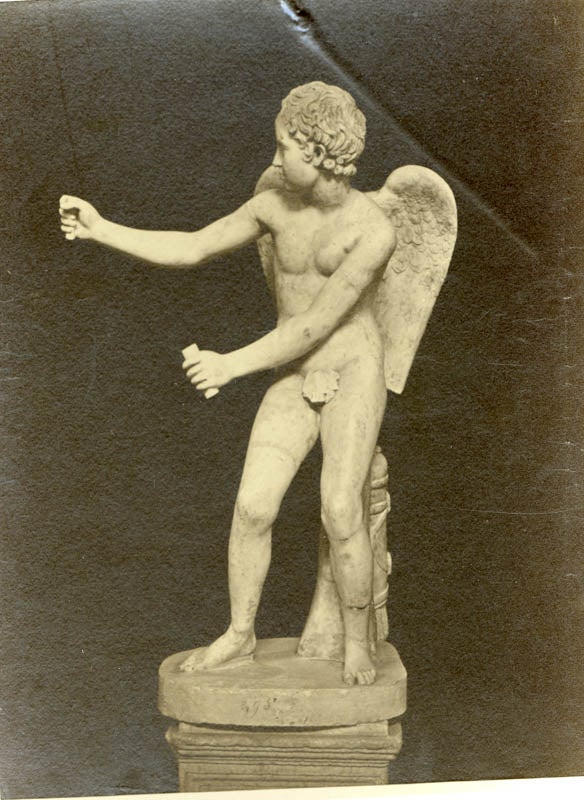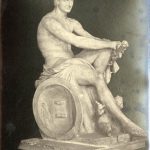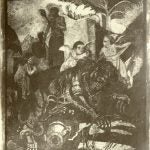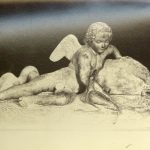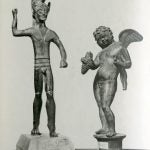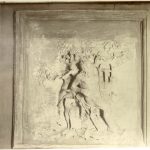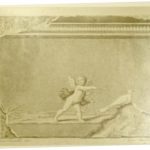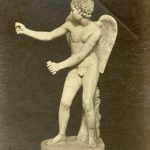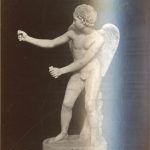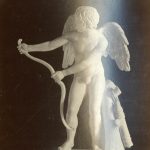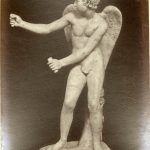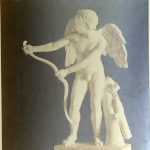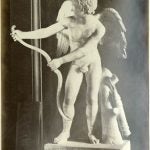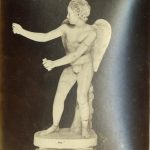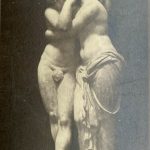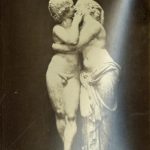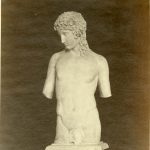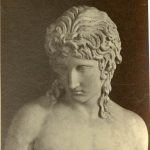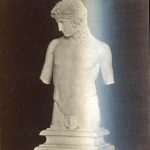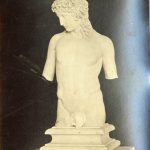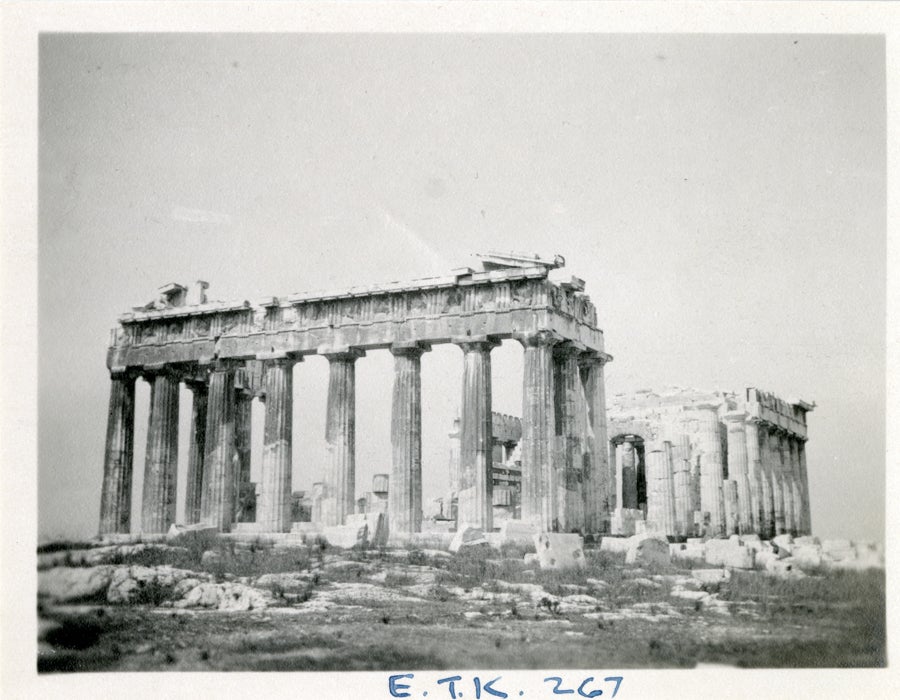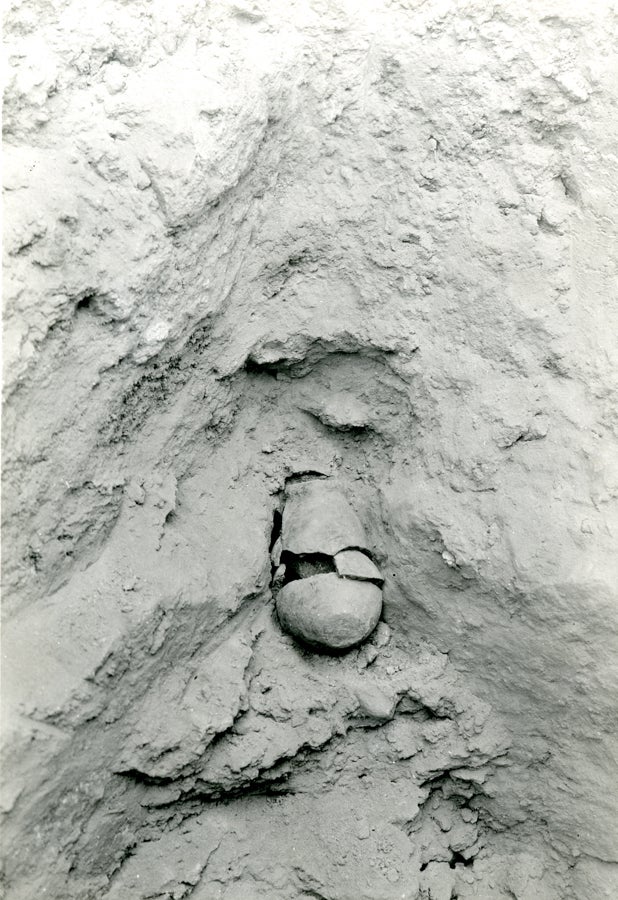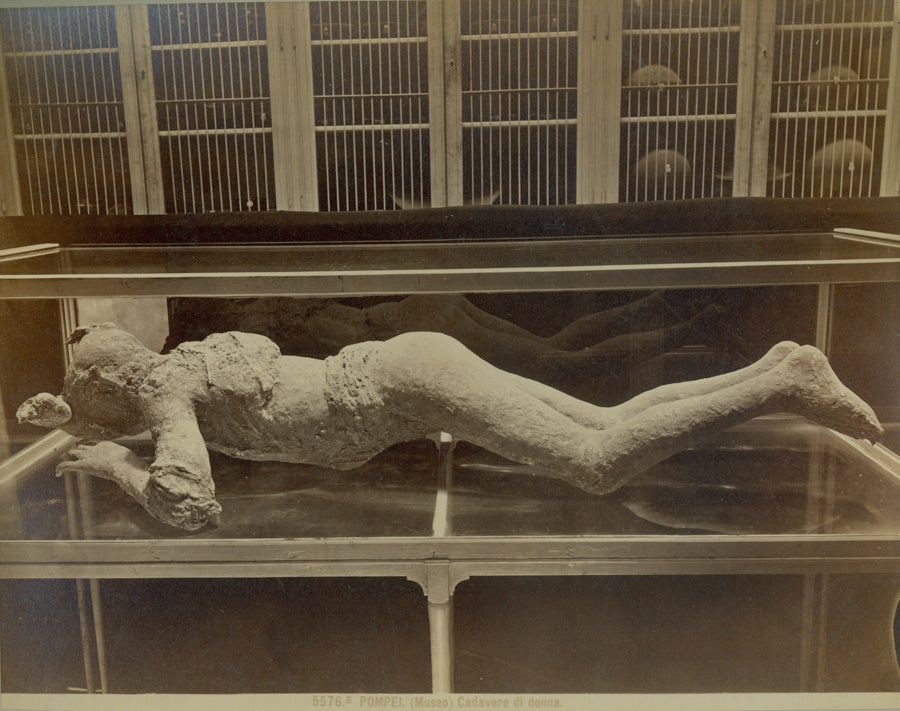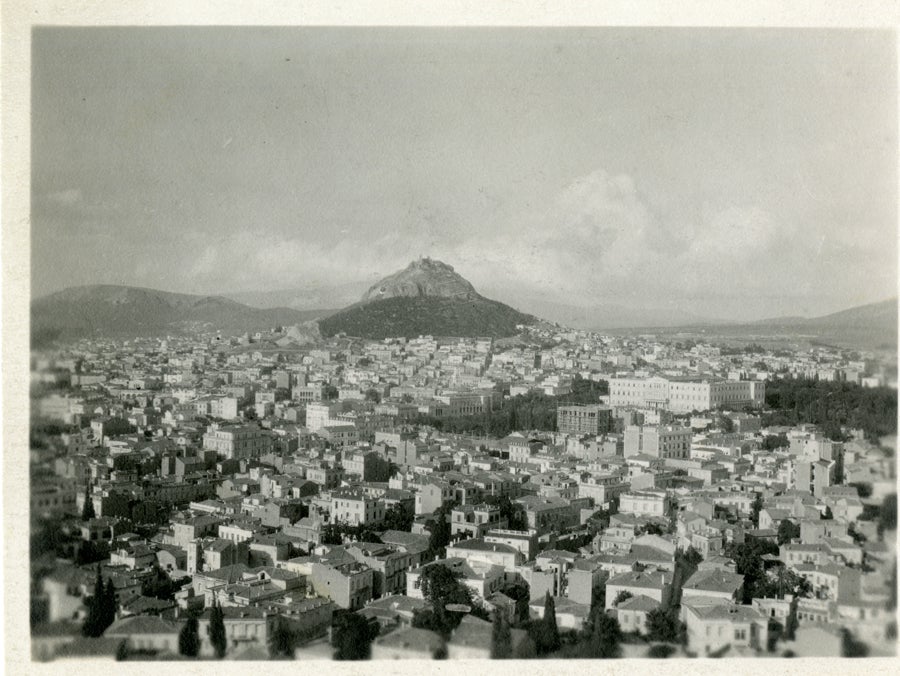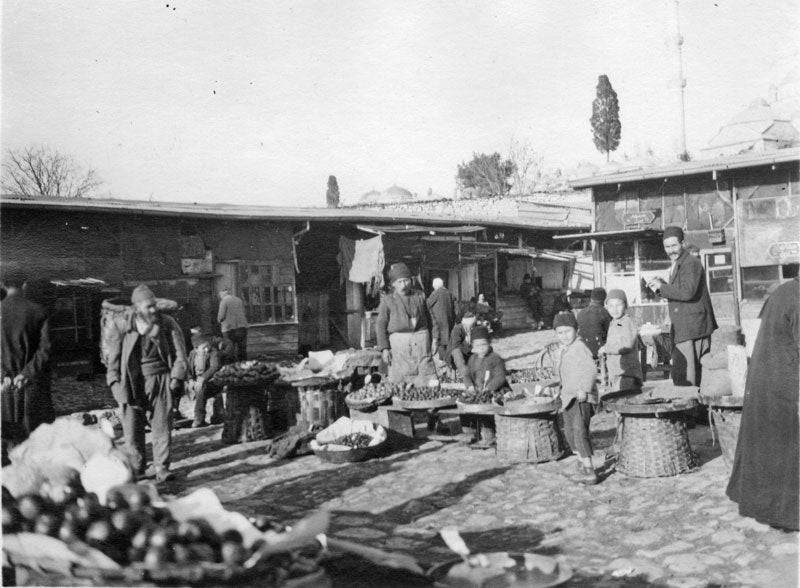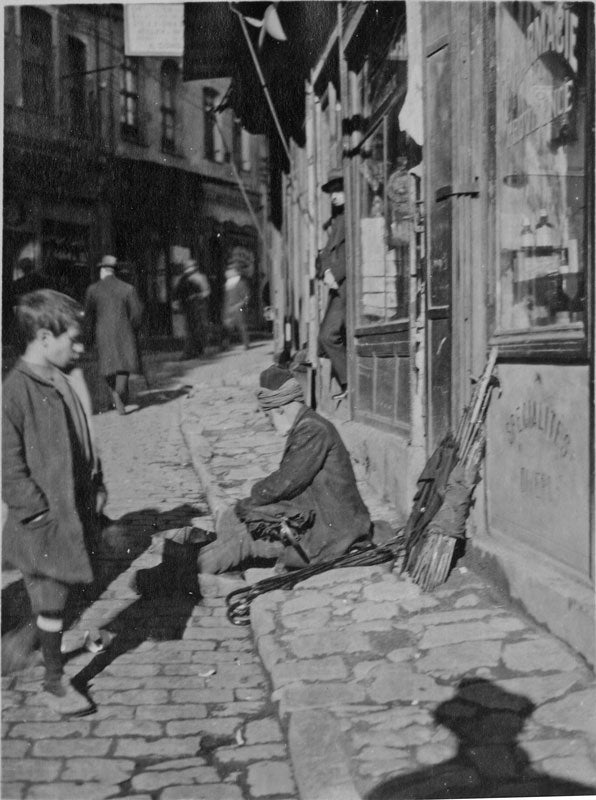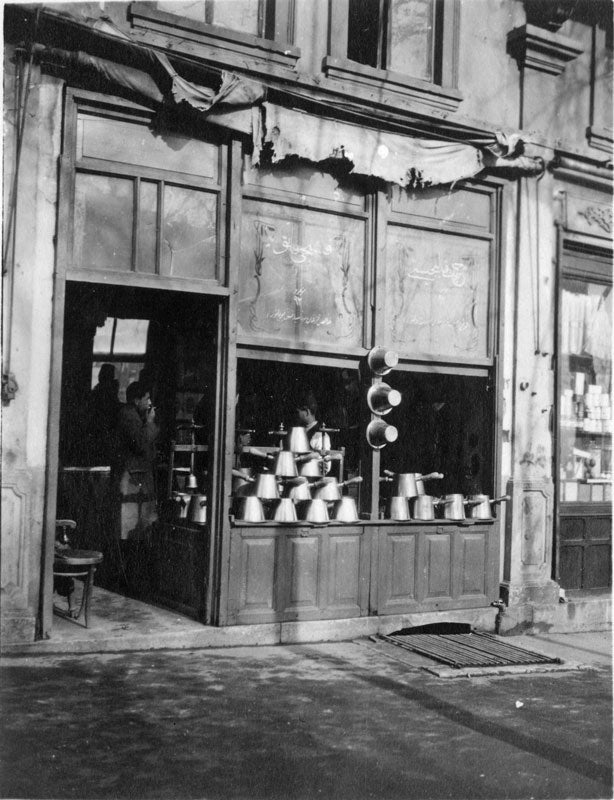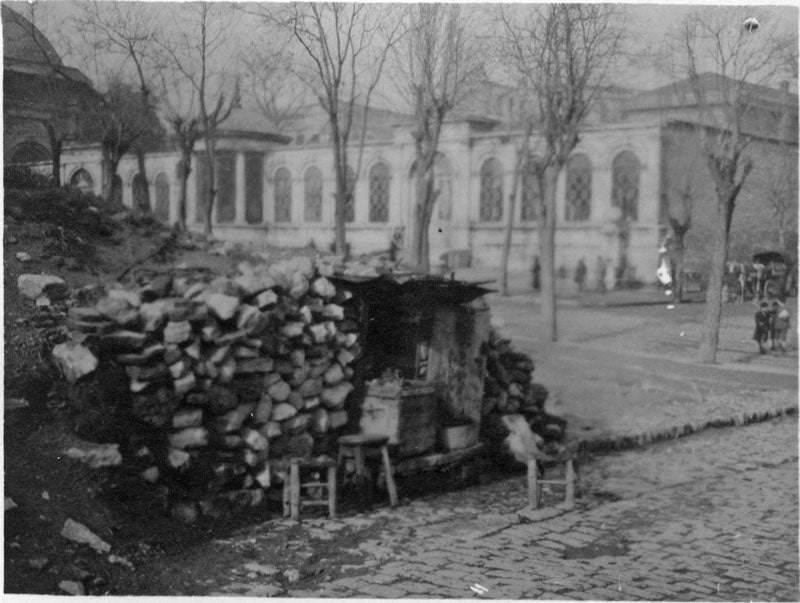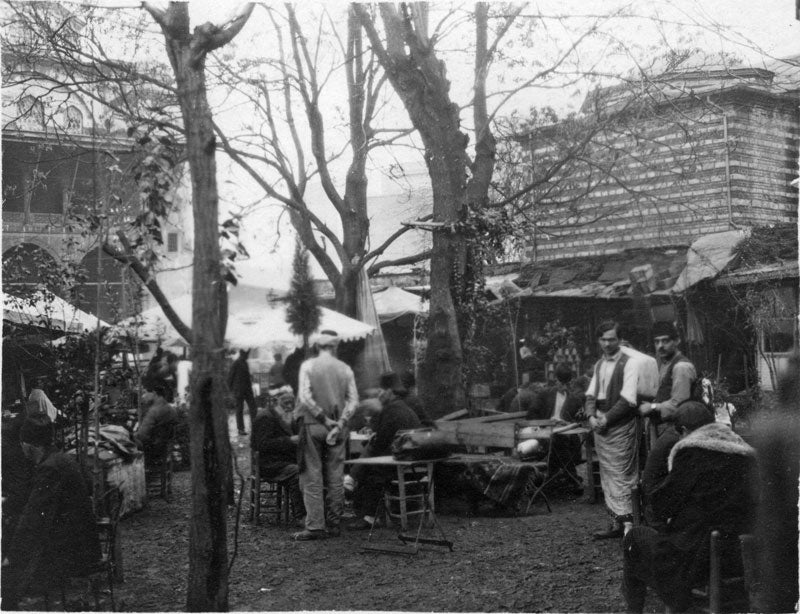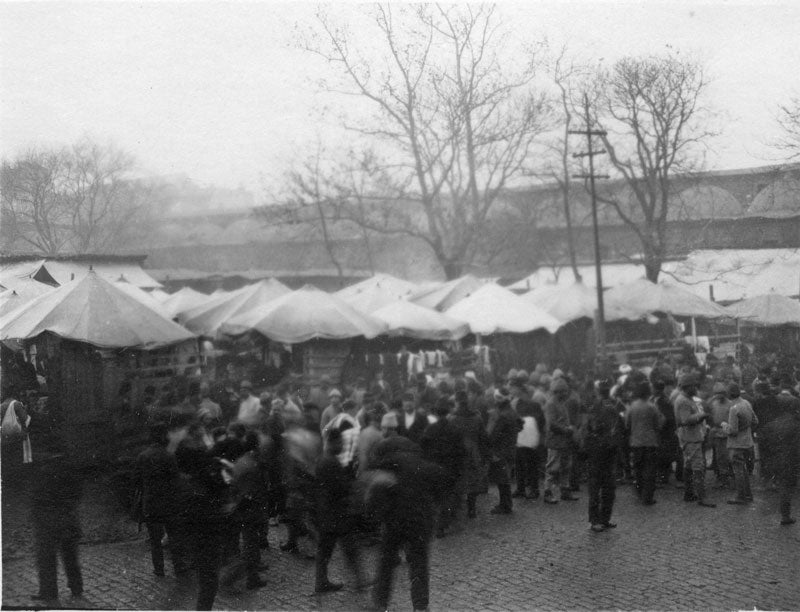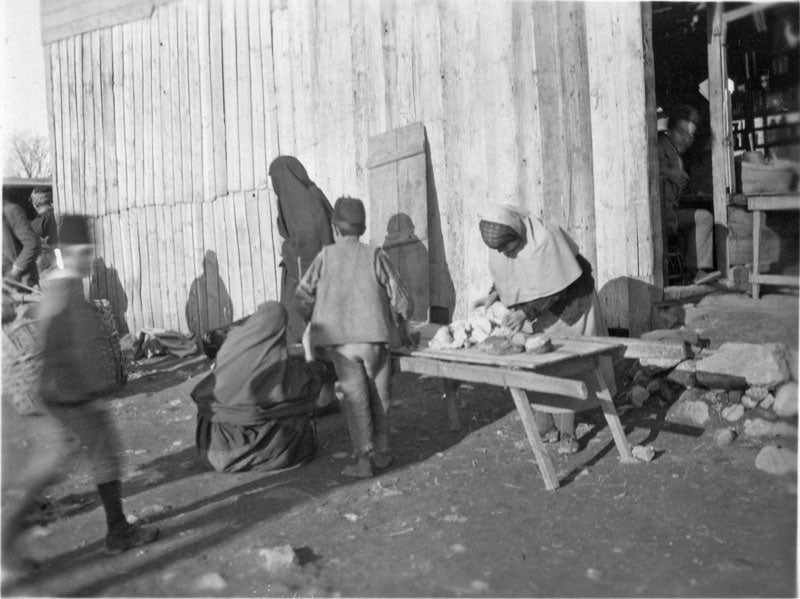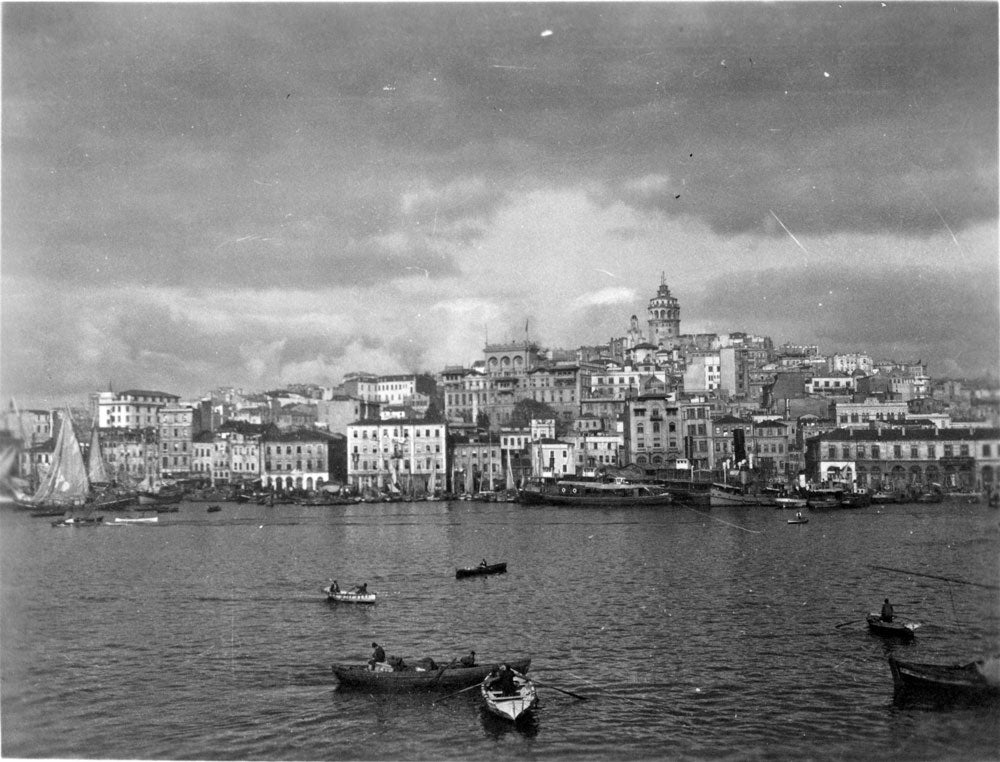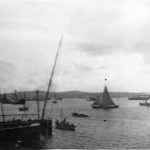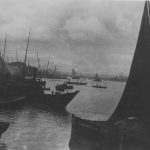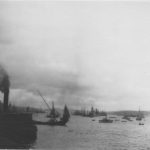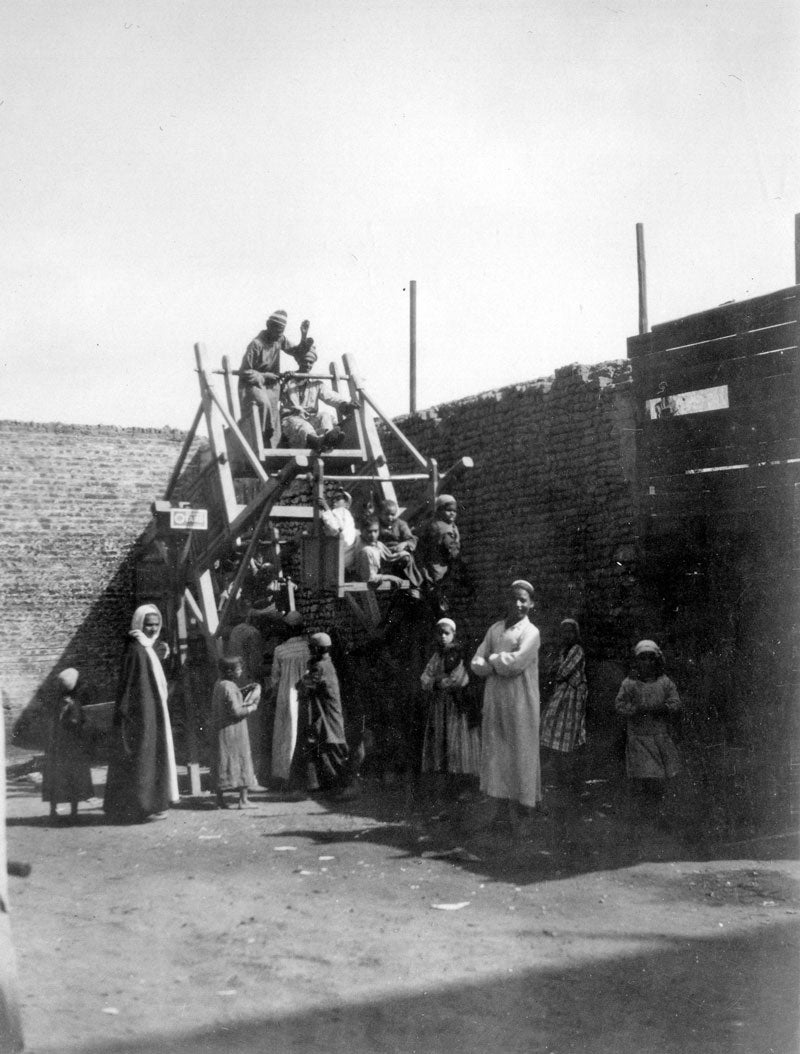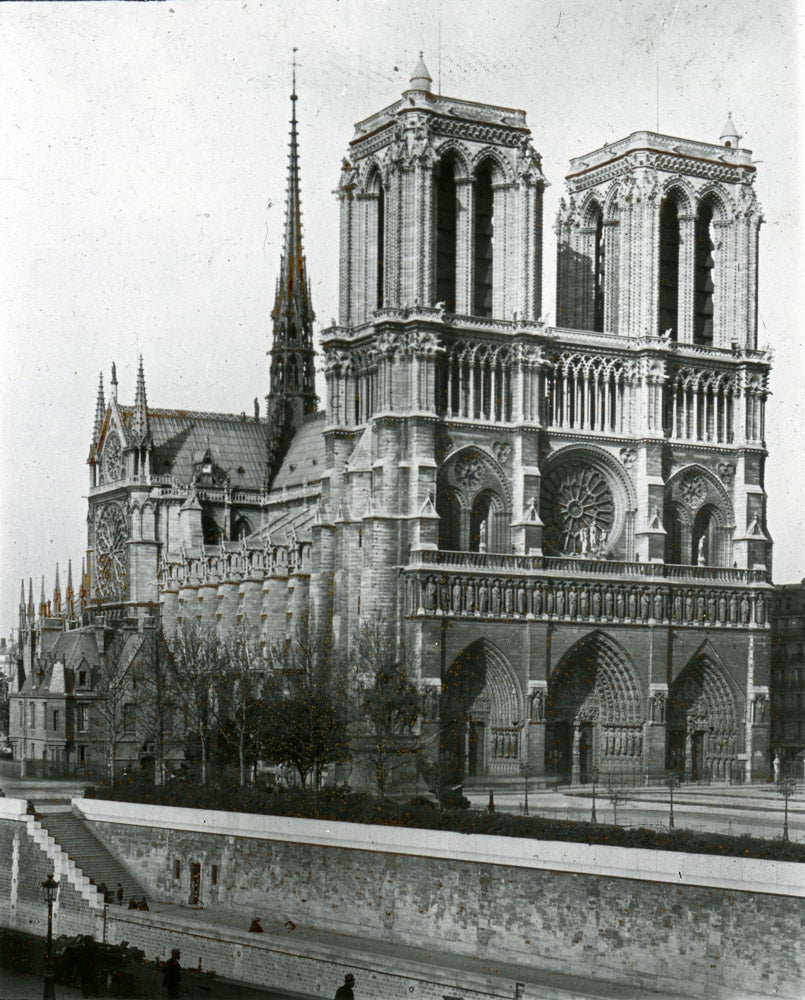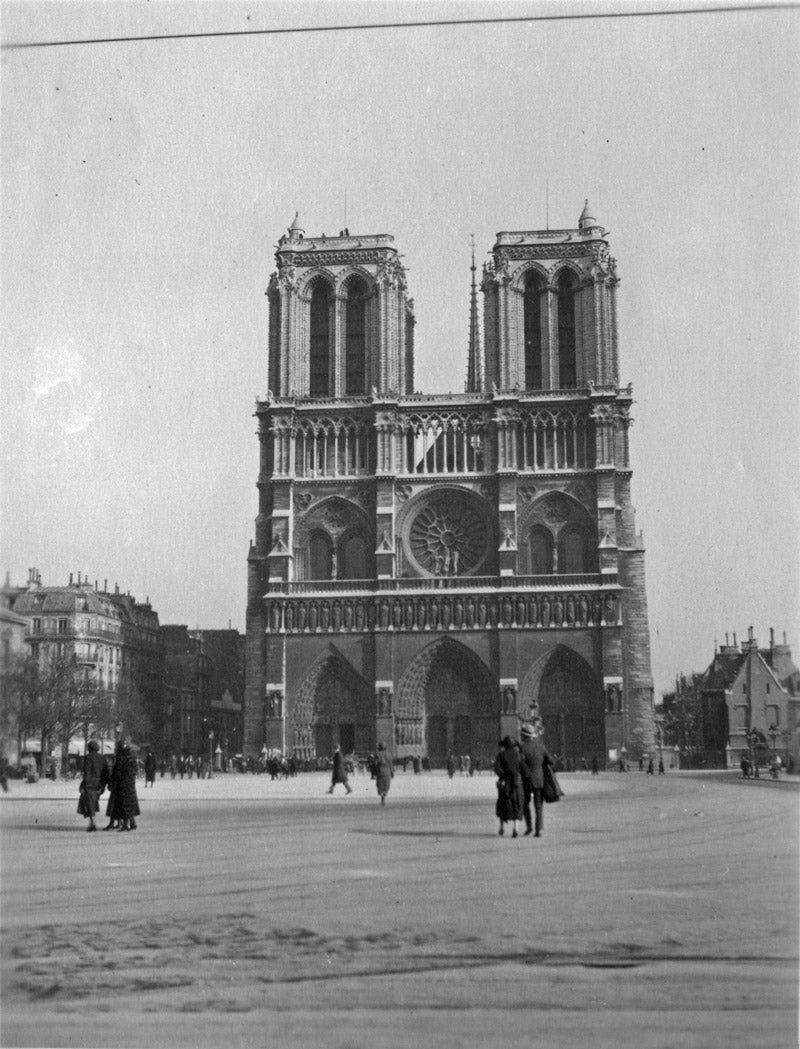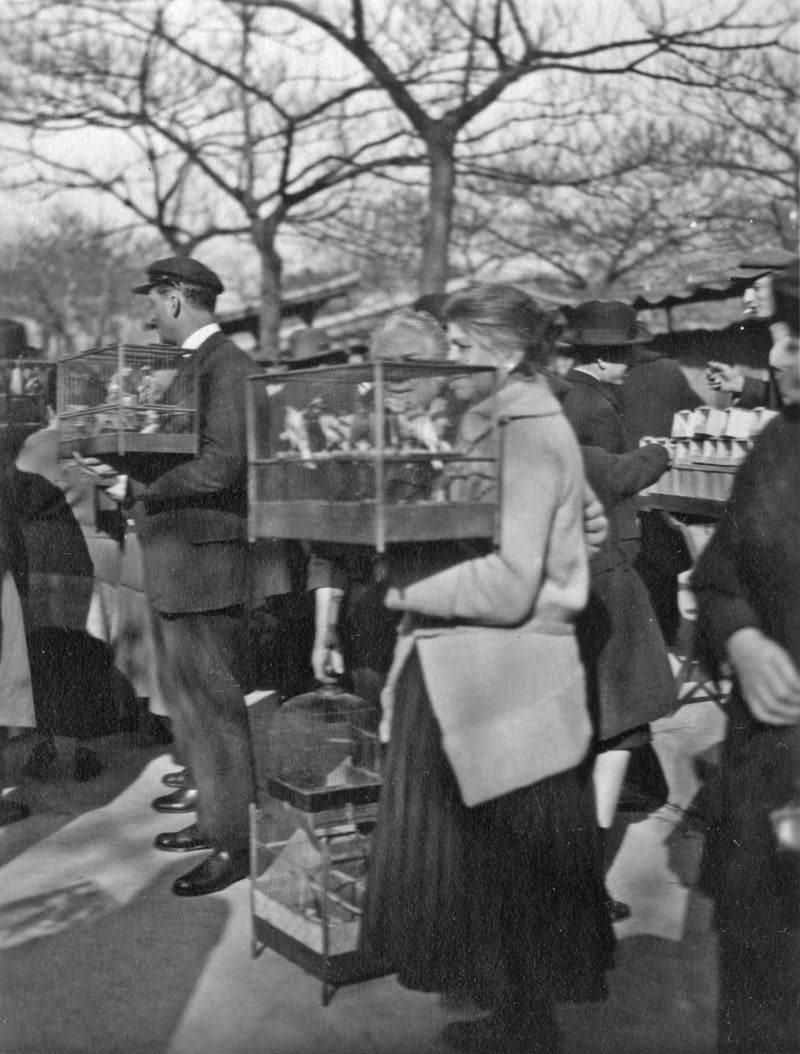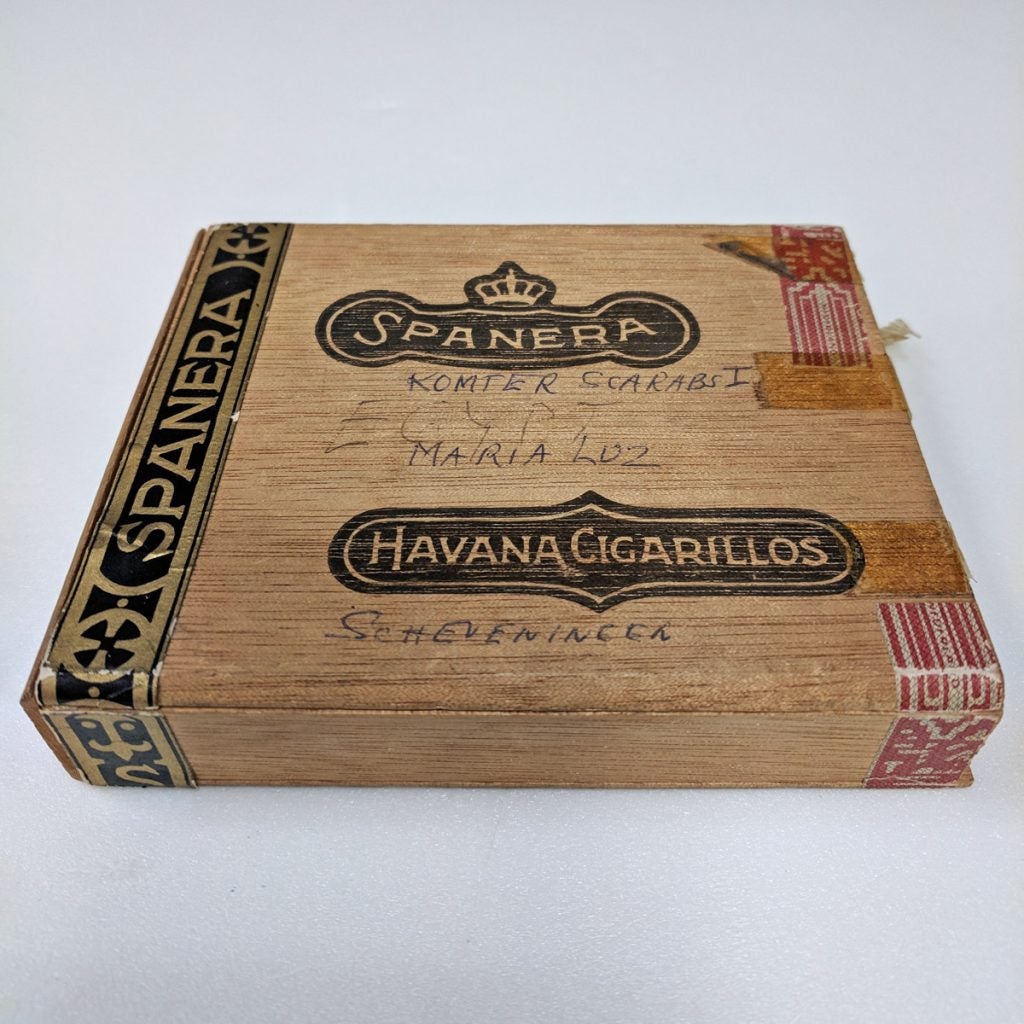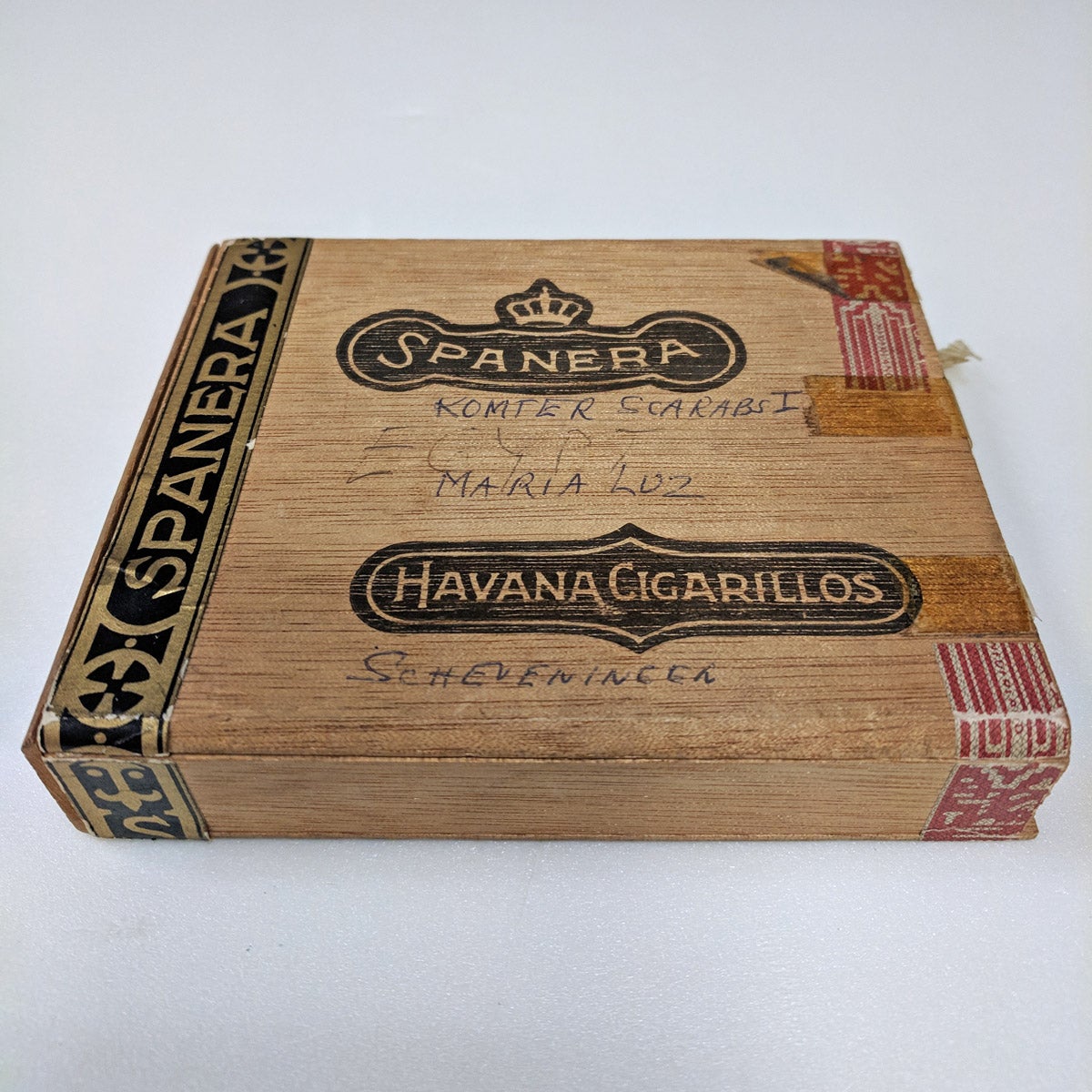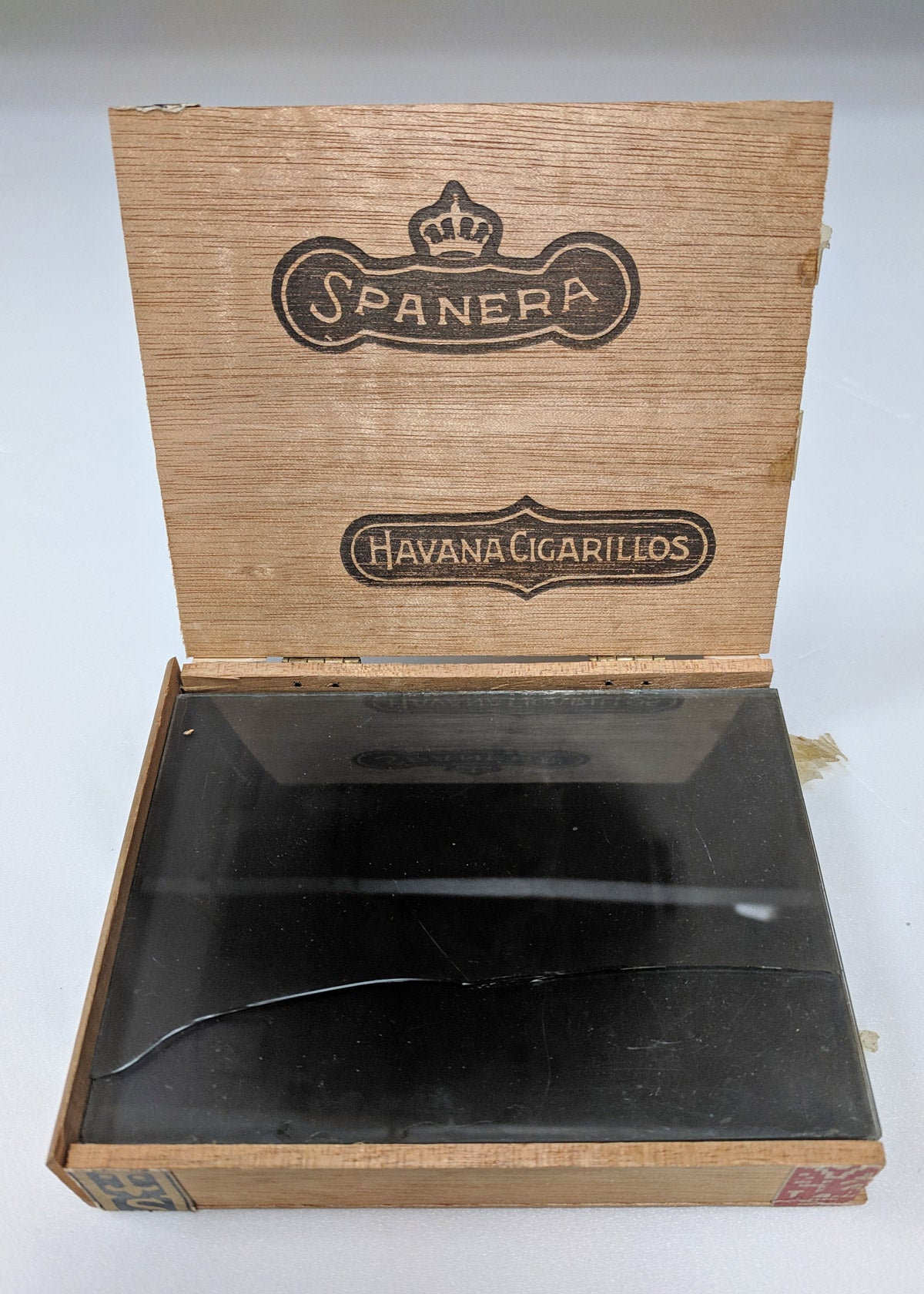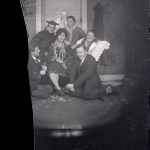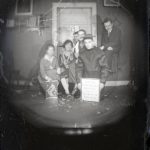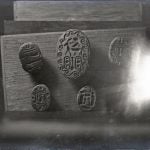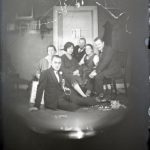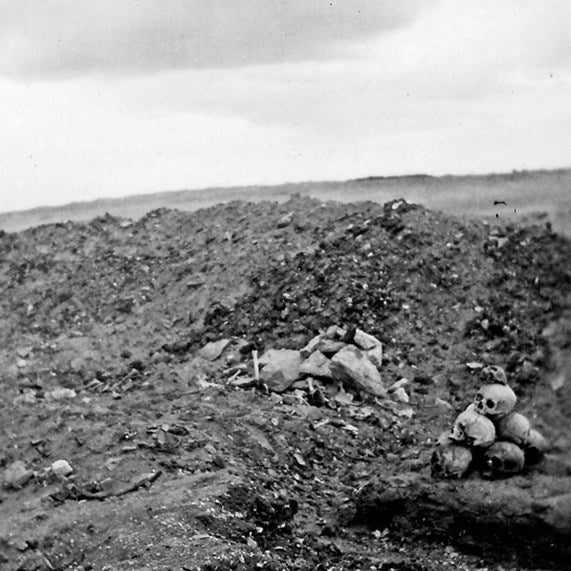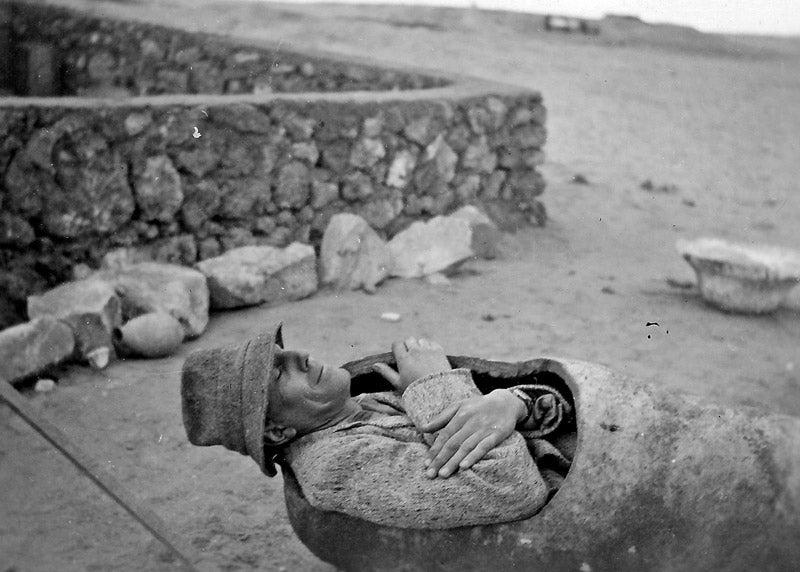From the Archives #57
By Sebastián Encina, Collections Manager
In 1919 and 1920, just after the end of the Great War, Francis Kelsey took a long journey, from England to continental Europe, to Turkey and Syria, through to Egypt. He brought with him a group of people to assist in these travels, including photographer George R. Swain and his own son, Easton Kelsey. This was their first opportunity in a long time to visit this side of the world. They had quite a lot of work to accomplish on this trip, for its purpose was twofold. They were there on humanitarian grounds, visiting Red Cross refugee camps in Turkey and Syria following the Armenian genocide. They were also there to visit colleagues, collections, and historical and archaeological sites. In Egypt, they began planning future archaeological expeditions.
For this month’s “From the Archives,” we present a selection of twenty-five photographs showcasing the group’s travels exactly 100 years ago. In August of 1920, they found themselves in England, France, Belgium, and Germany. The photographs from this leg of the trip, taken by George Swain and Easton Kelsey, show the range of their adventures and activities. We see Windsor Castle in England, with tourists milling about outside. The team connects with Herr and Frau Reindjes and her sister, as they rent a car in Germany. We also see them dealing with their vehicles, extracting them from ditches and changing their tires.
We also get a chance to see post-war life in the respective countries. A man with plow and oxen in Tongeren, Belgium. Another man in Koblenz, Germany, with his dog-pulled cart. An amorous couple (“Local color,” according to the photo label), also in Koblenz, Germany. In Dijon, France, we see a view of one of the castles of the Dukes of Burgundy, and in Paris, we get a glimpse of the Place de l’Opera. Swain and Kelsey provide us with views of other structures, both natural and human-made. In some captions, they include the words “Good,” or “Excellent,” attesting to the quality of the photograph.
Along with these images of resilience, we find ourselves looking at the devastation brought about by the Great War. In La Fere, France, we see “piles of war wreckage” where buildings, including homes, once stood. In Alsace, we see barbed wire entanglements scattered through a field and a shell-hole with wrecked woods in the background. Throughout the war, Kelsey was in frequent communication with his friends and colleagues in Europe and Southwest Asia. The plight of people and areas affected by the war was on his mind, as it was for many Americans.
By the end of August 1920, Swain’s and Kelsey’s photographic documentation of this trip seems to have come to an end. Thanks to their work, we get to see how Europe was one hundred years ago. People were getting back to their lives after years of war, trying to find their new normal. After almost an entire year traveling through Europe, Southwest Asia, and Egypt, it was time for these Americans to return to their normal as well.
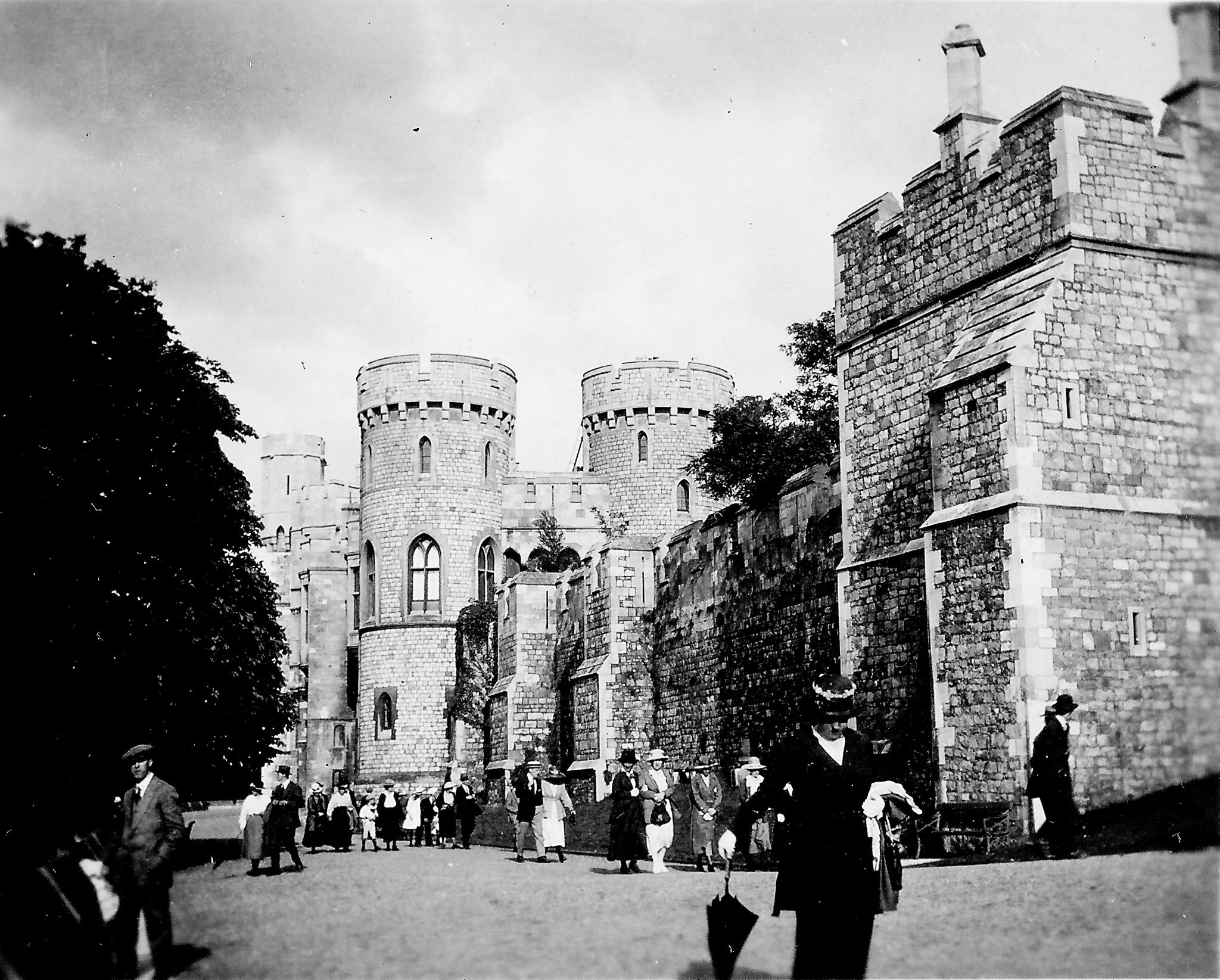
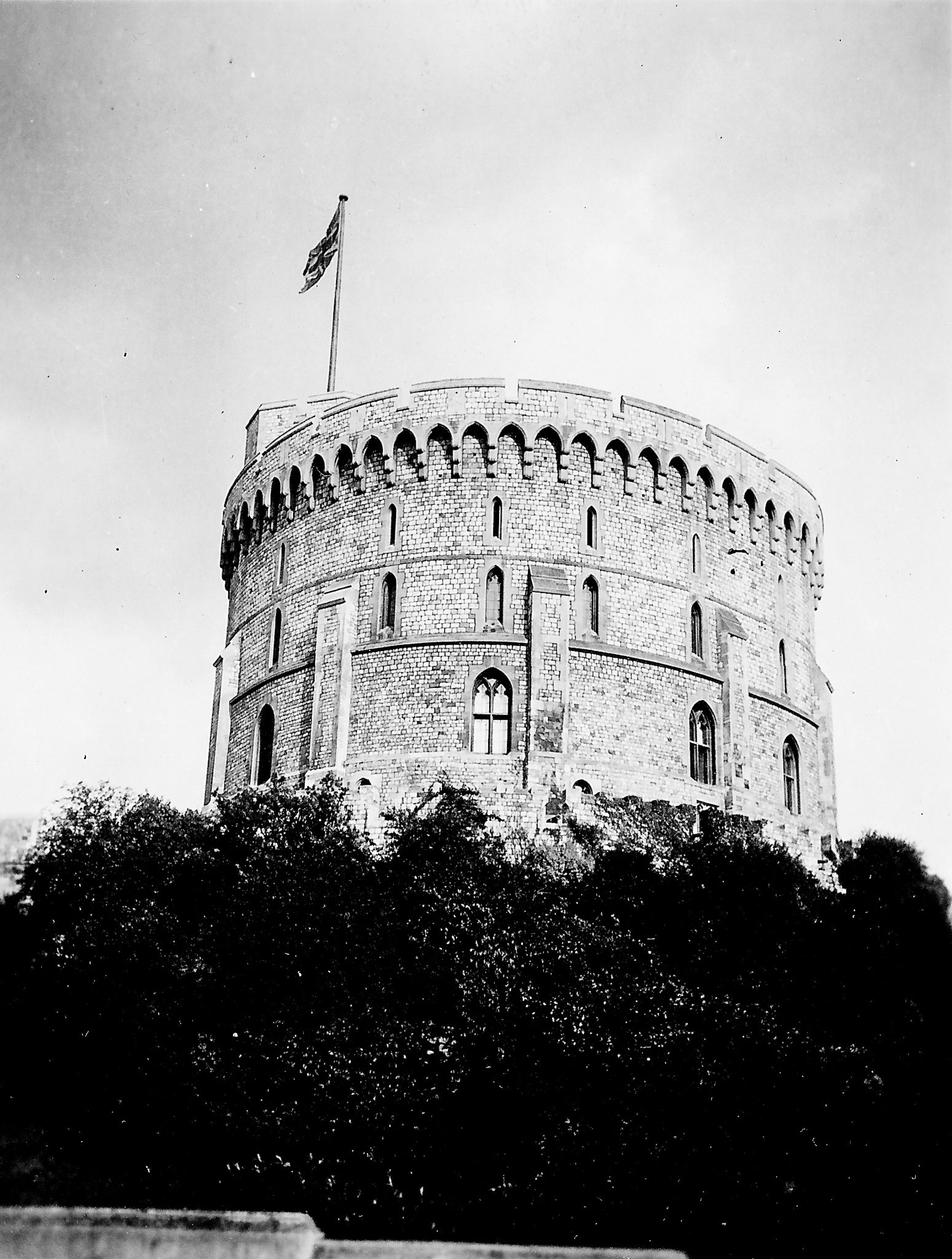

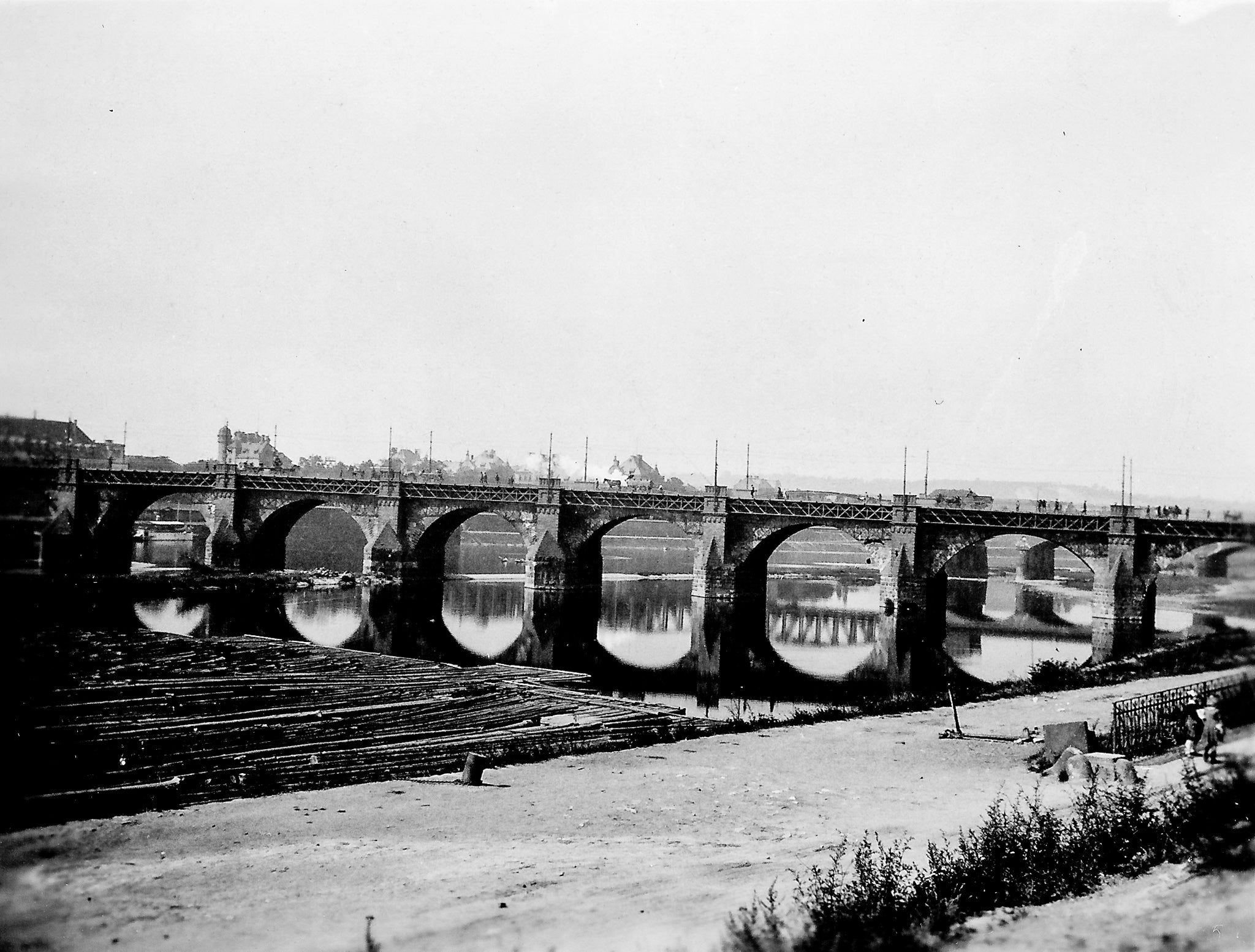
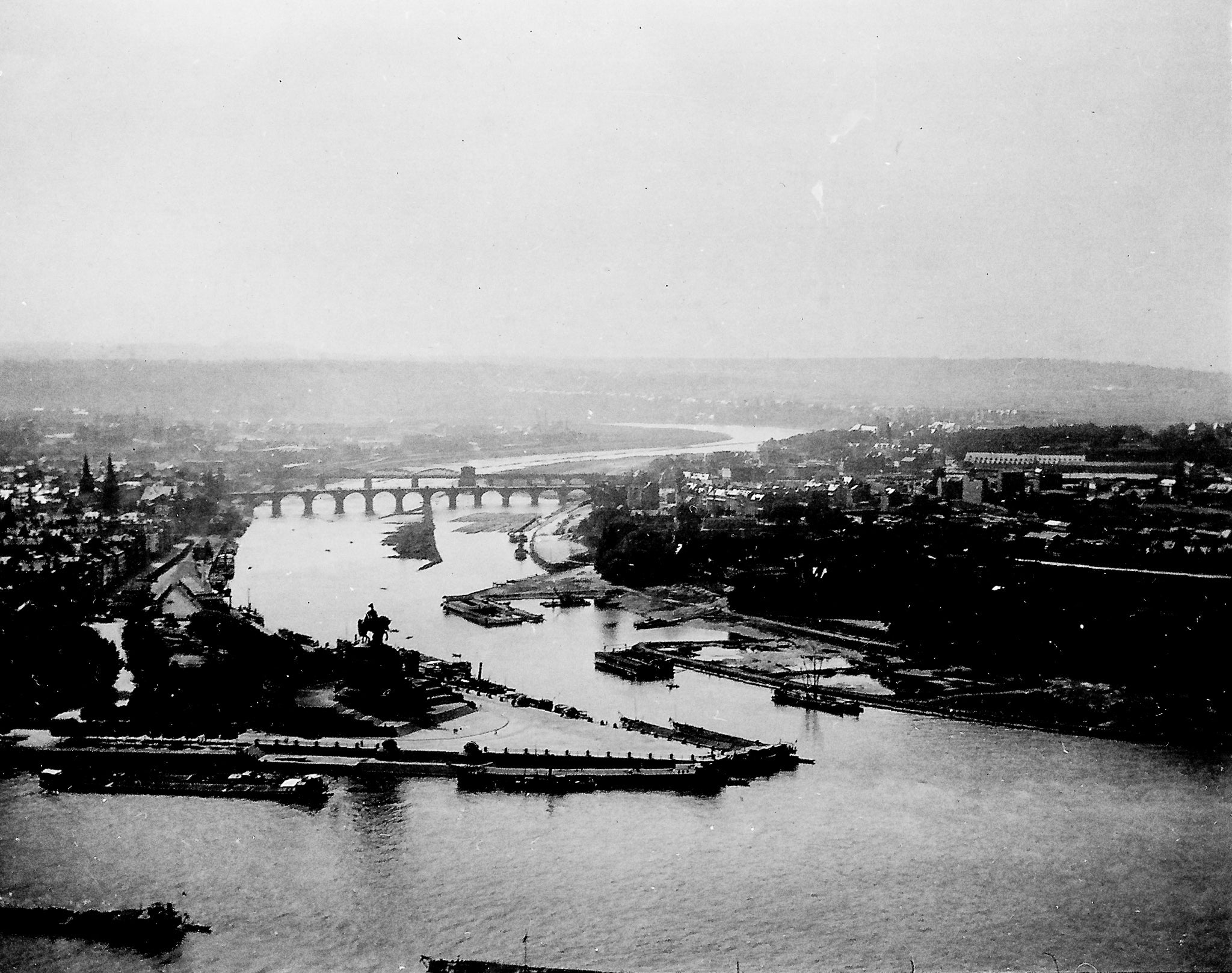
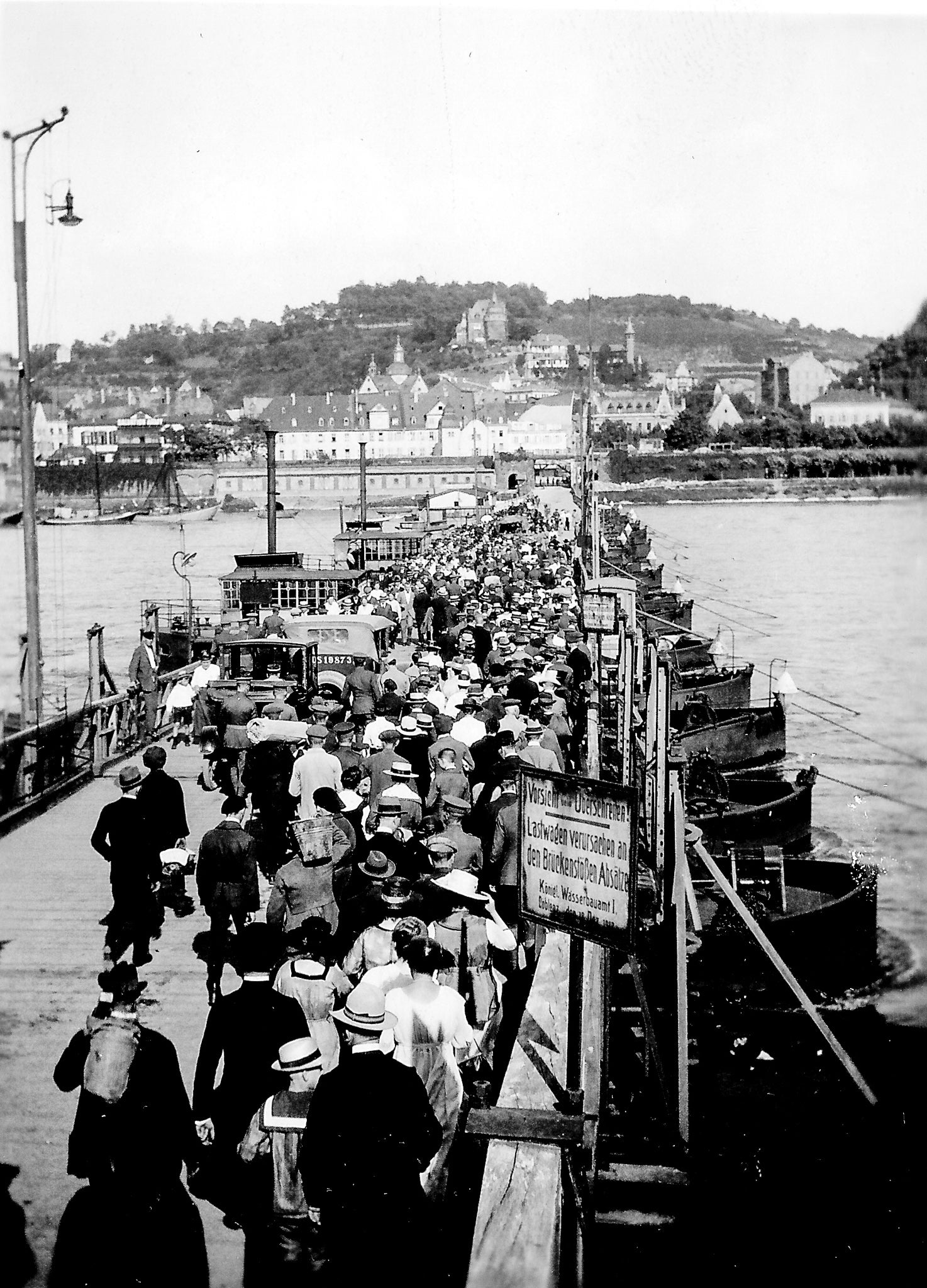

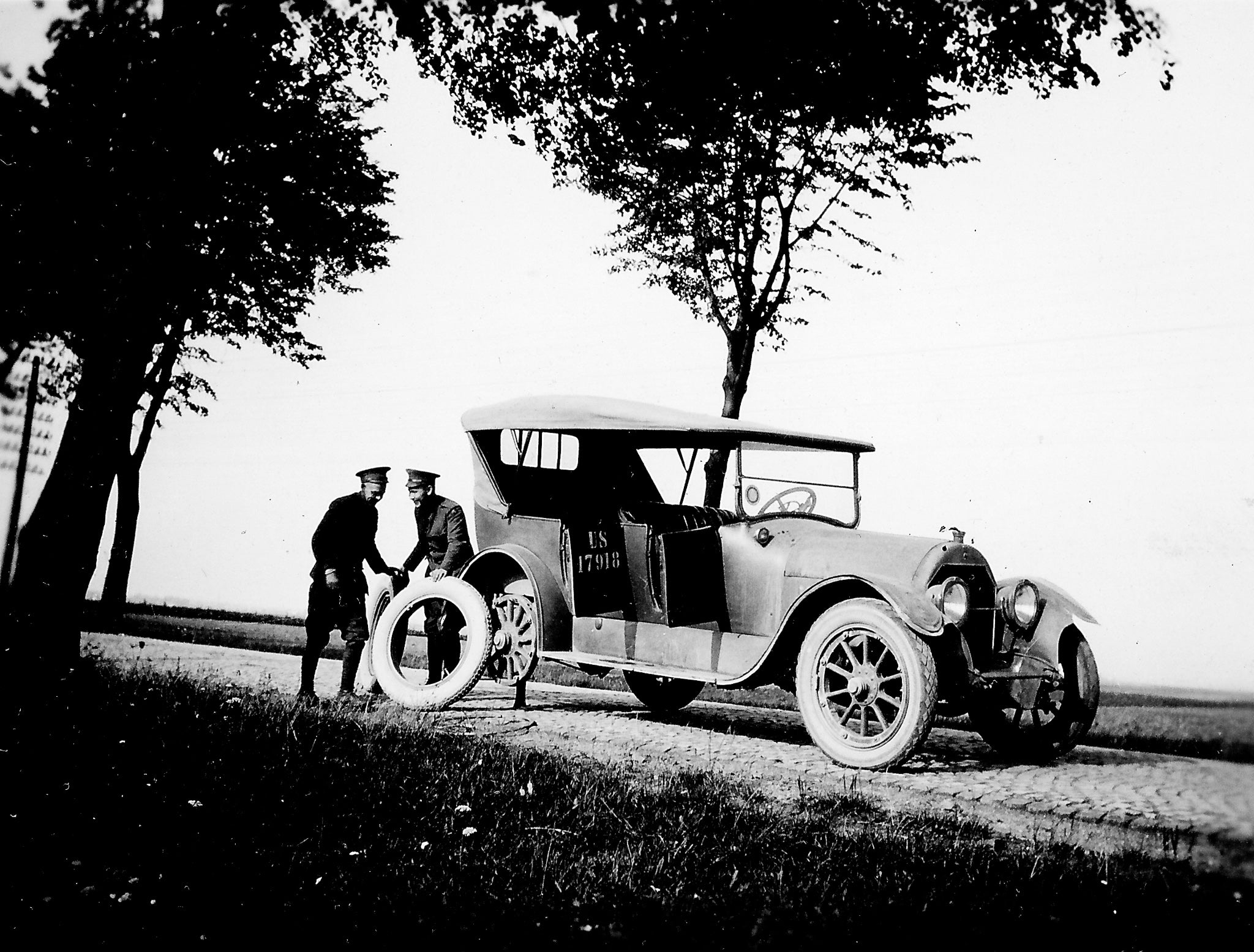
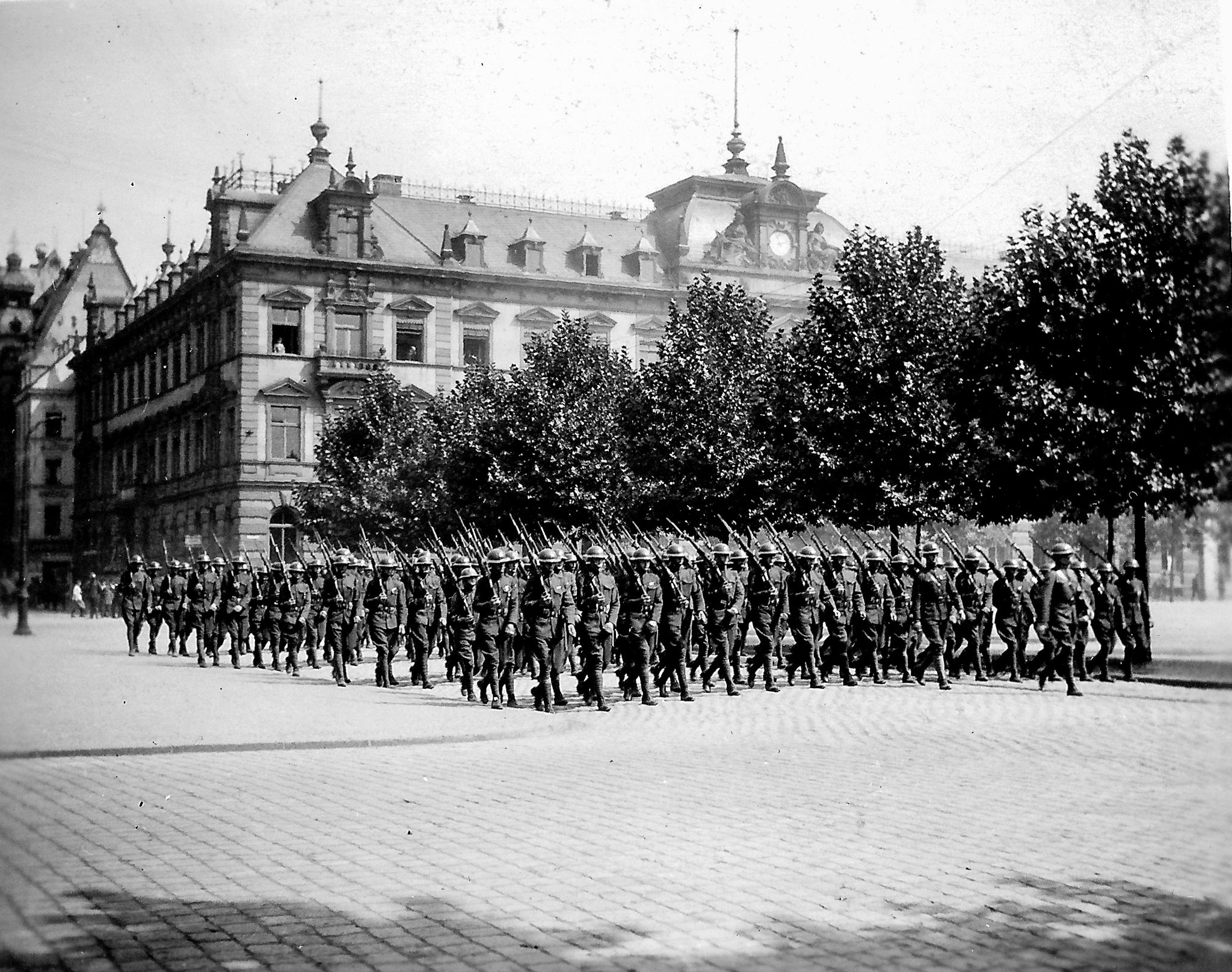
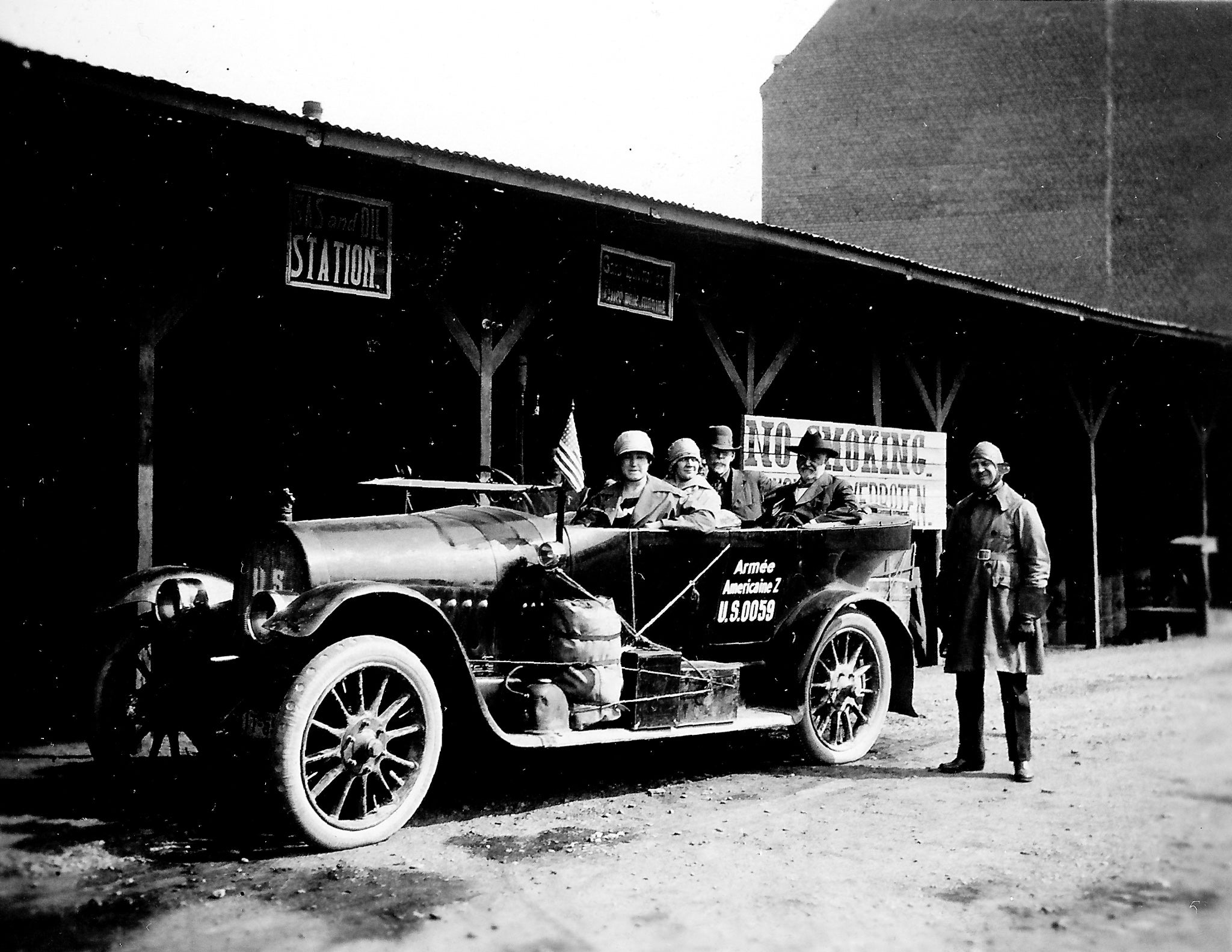

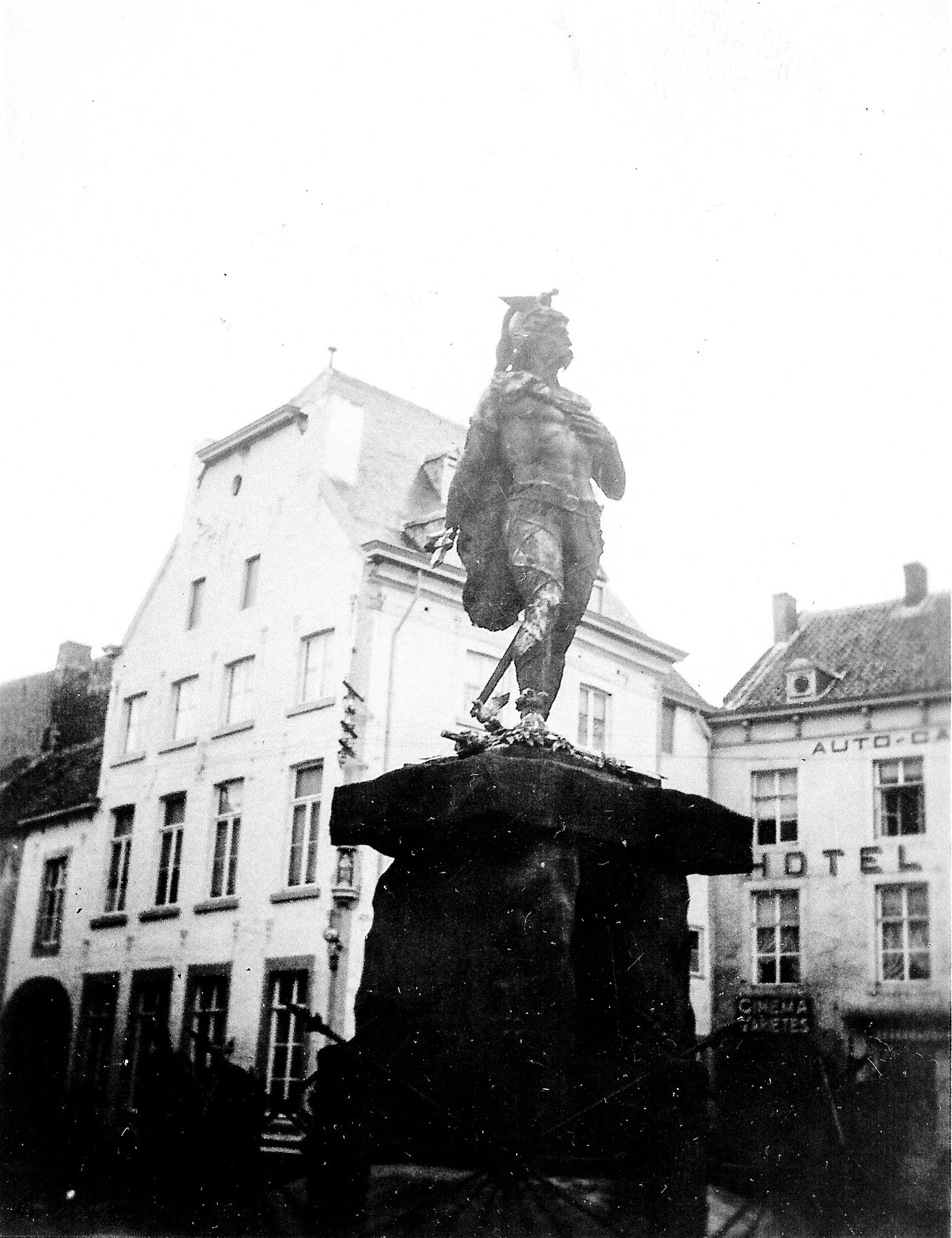
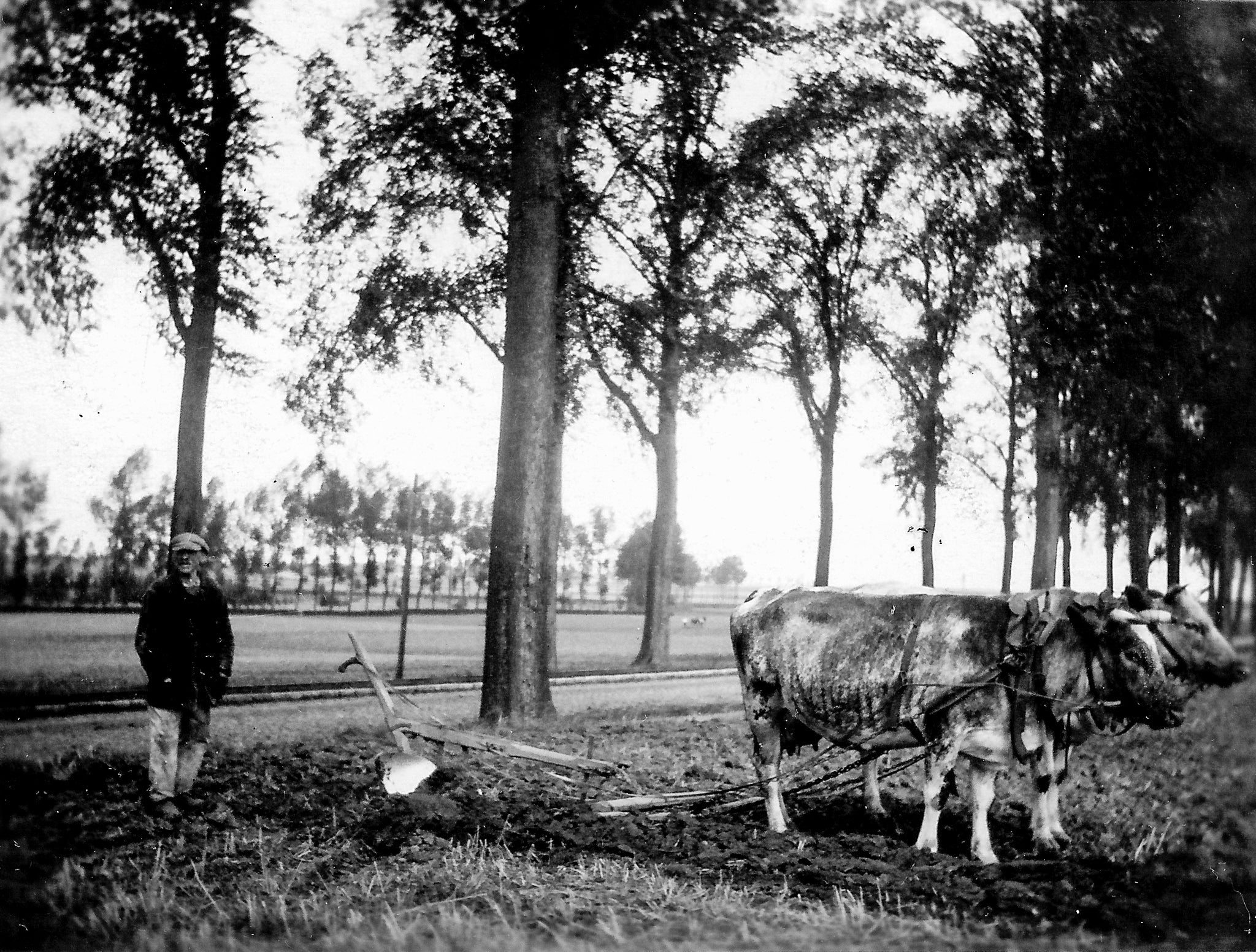
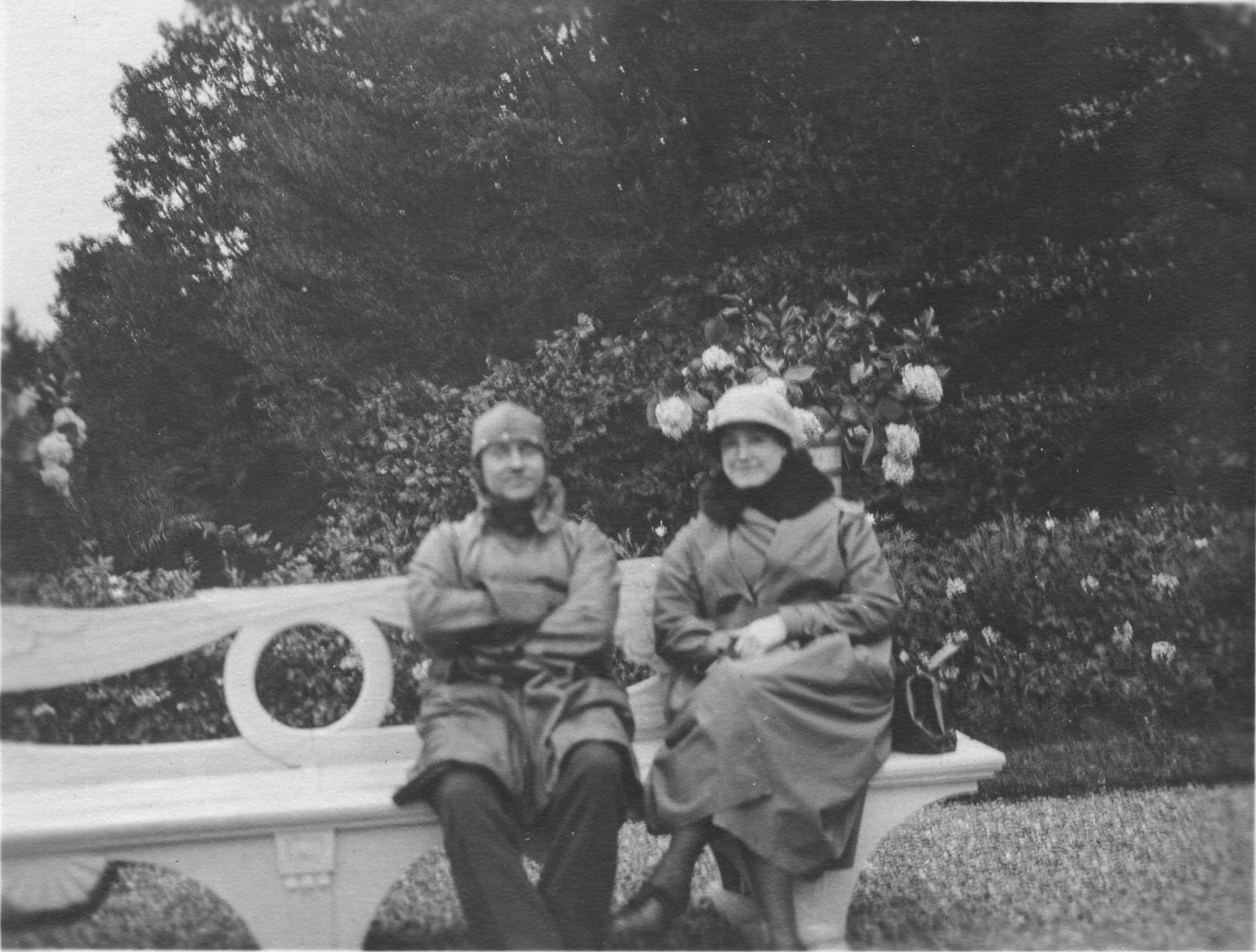
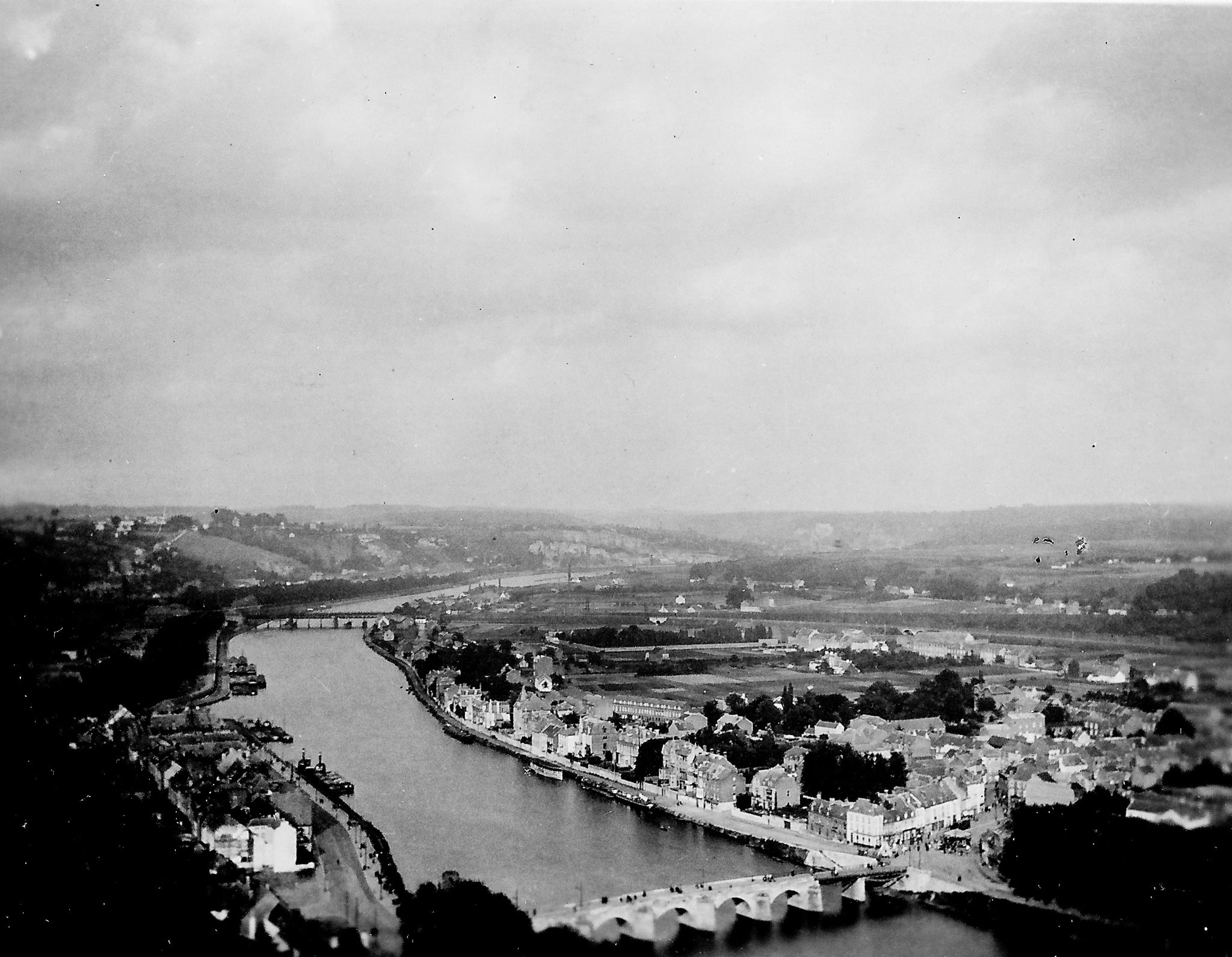
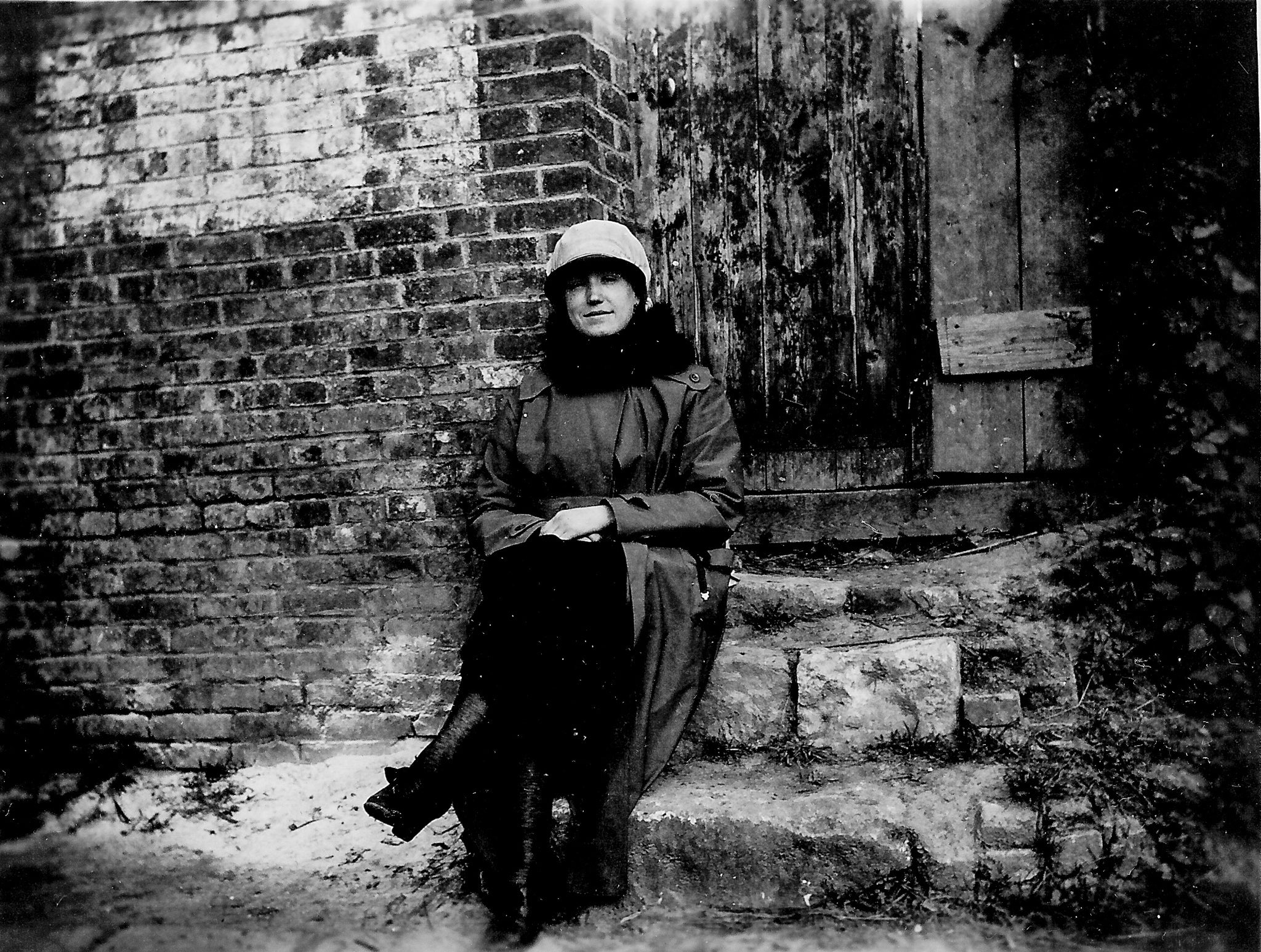


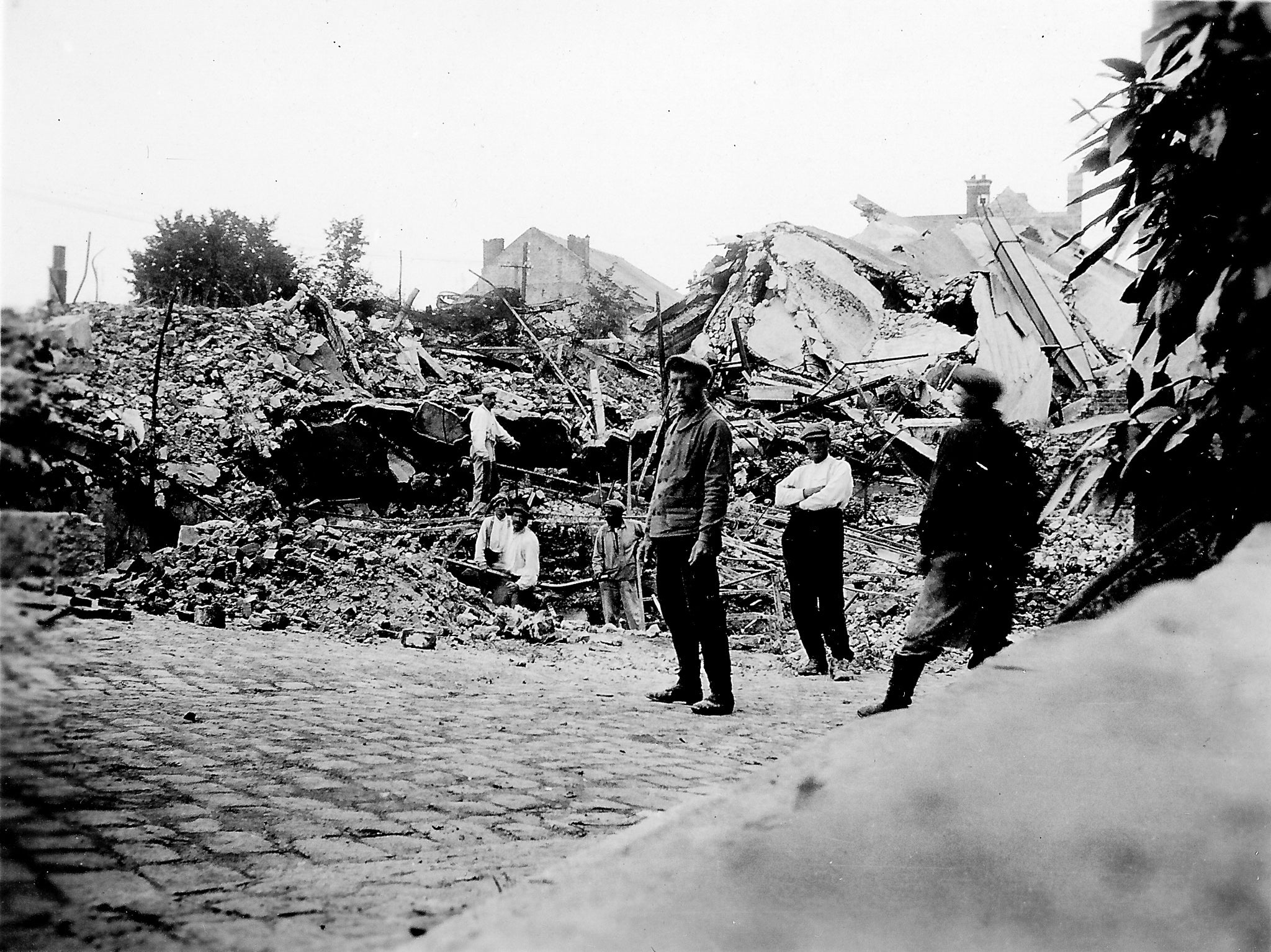

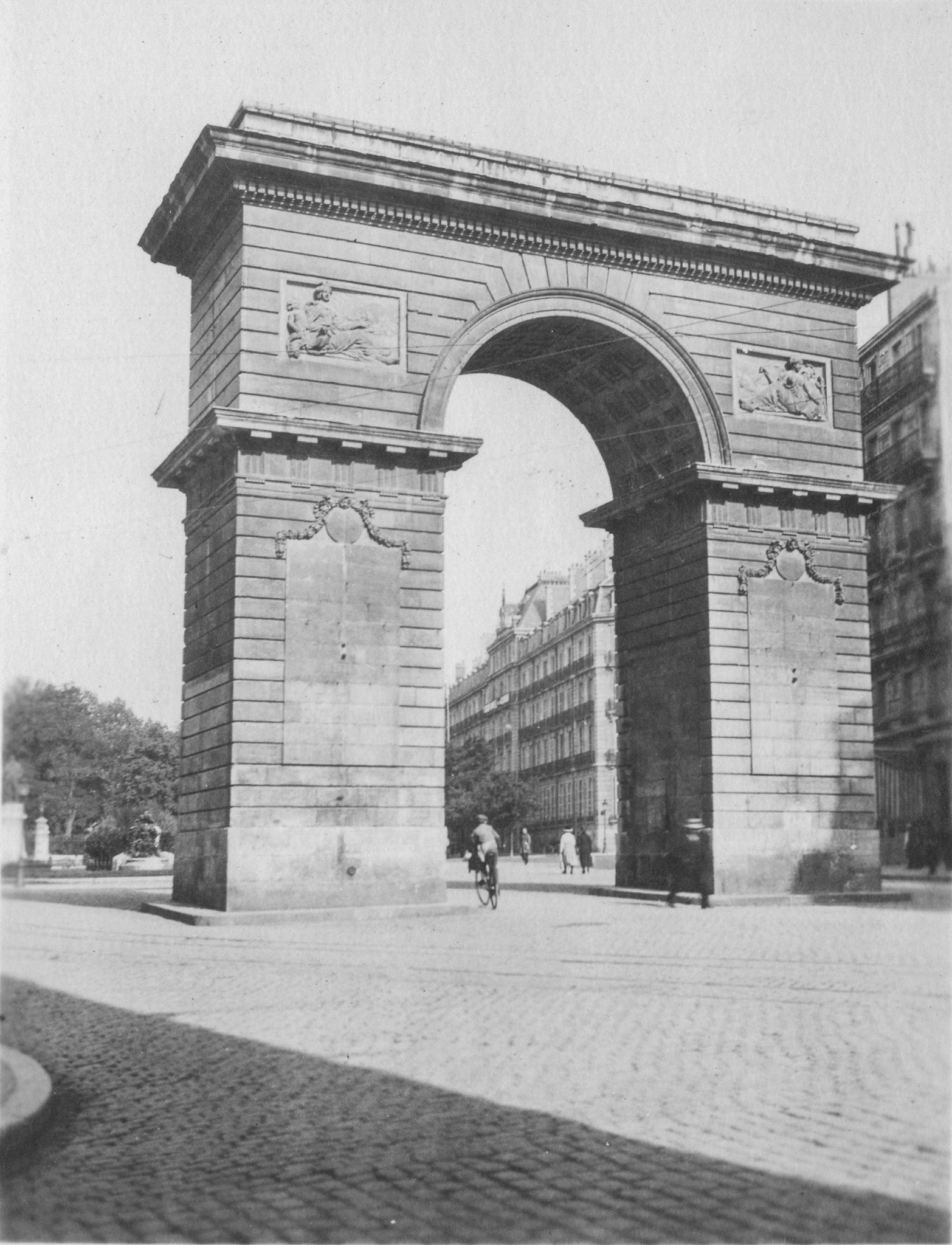
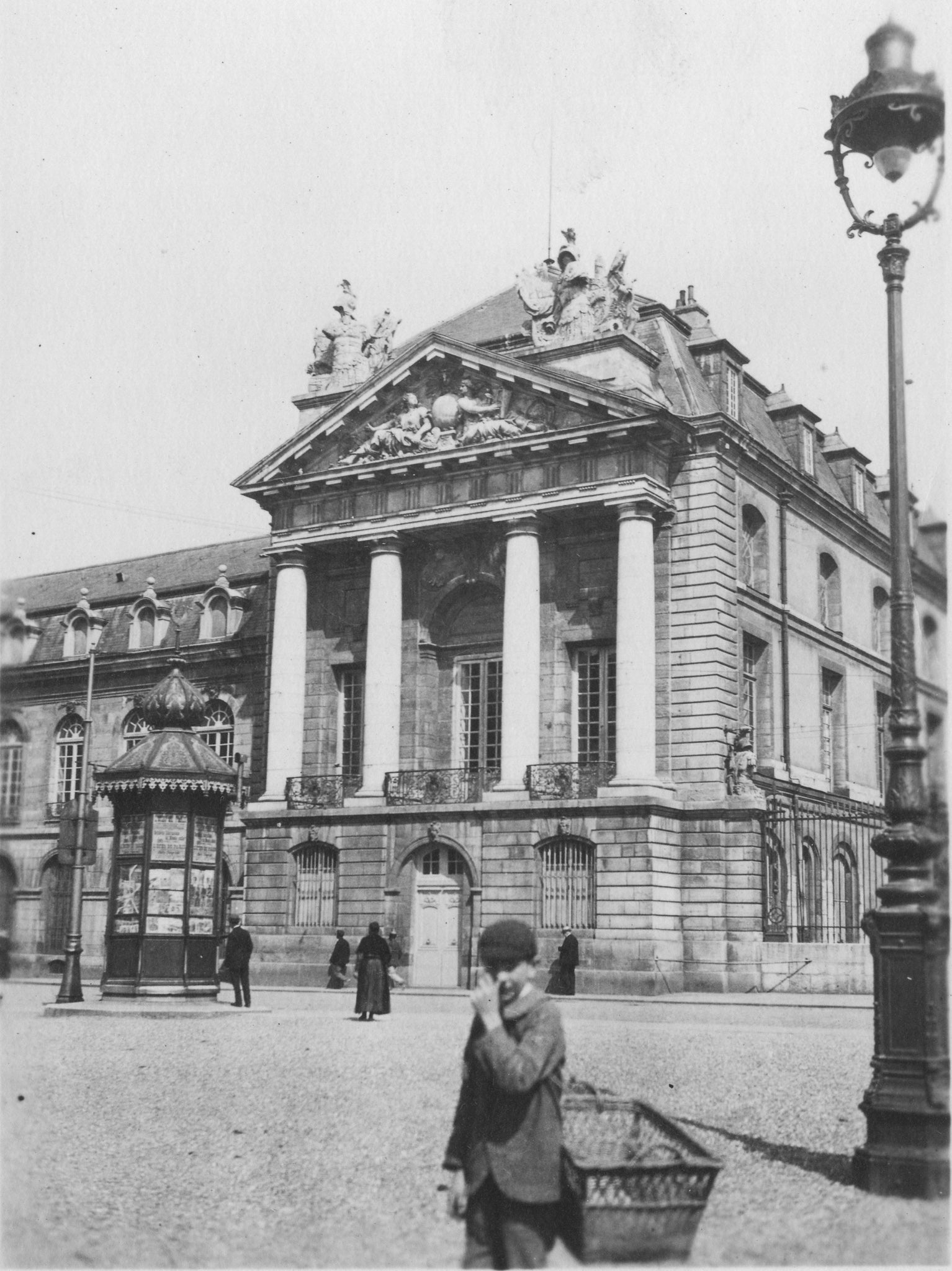
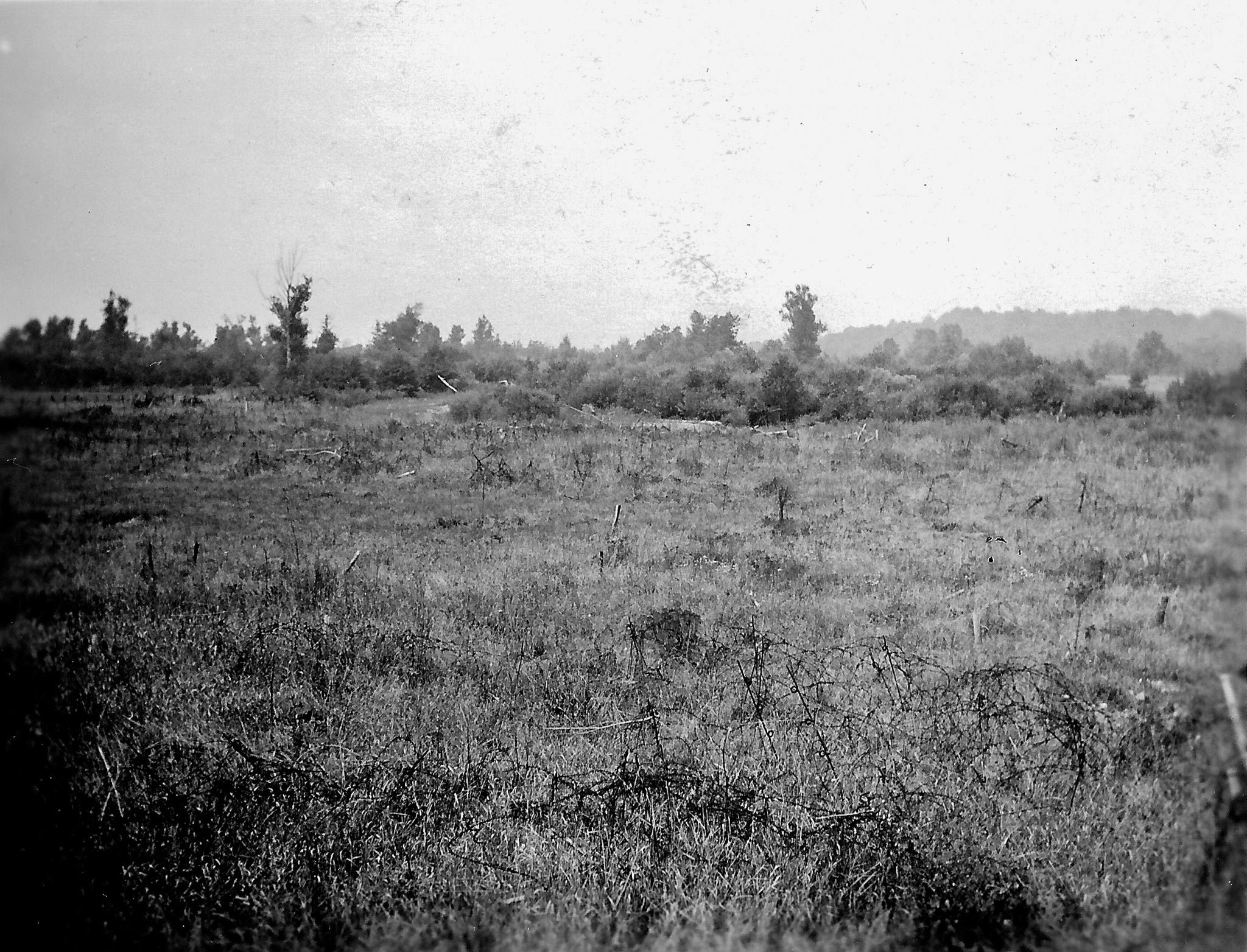
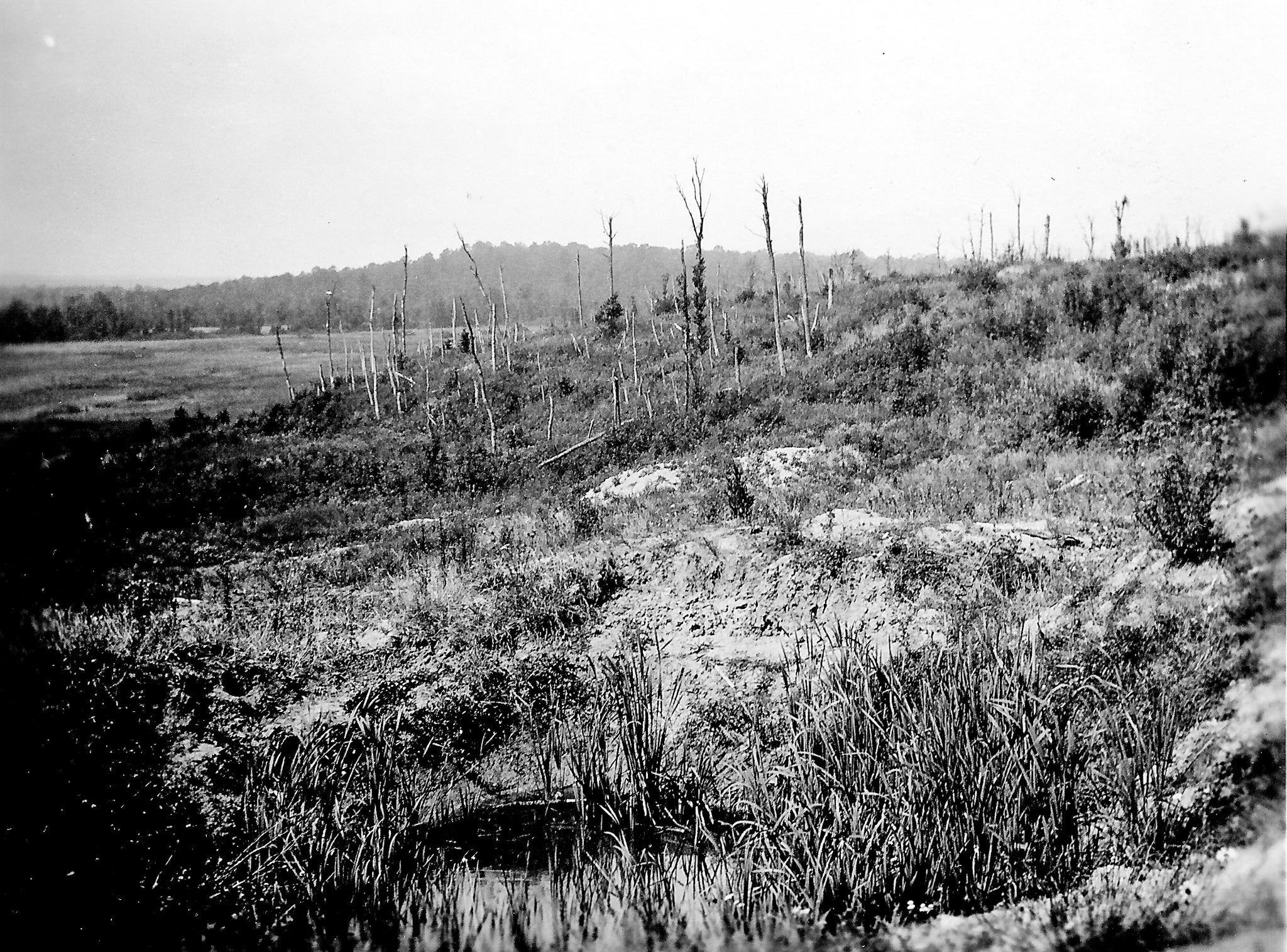
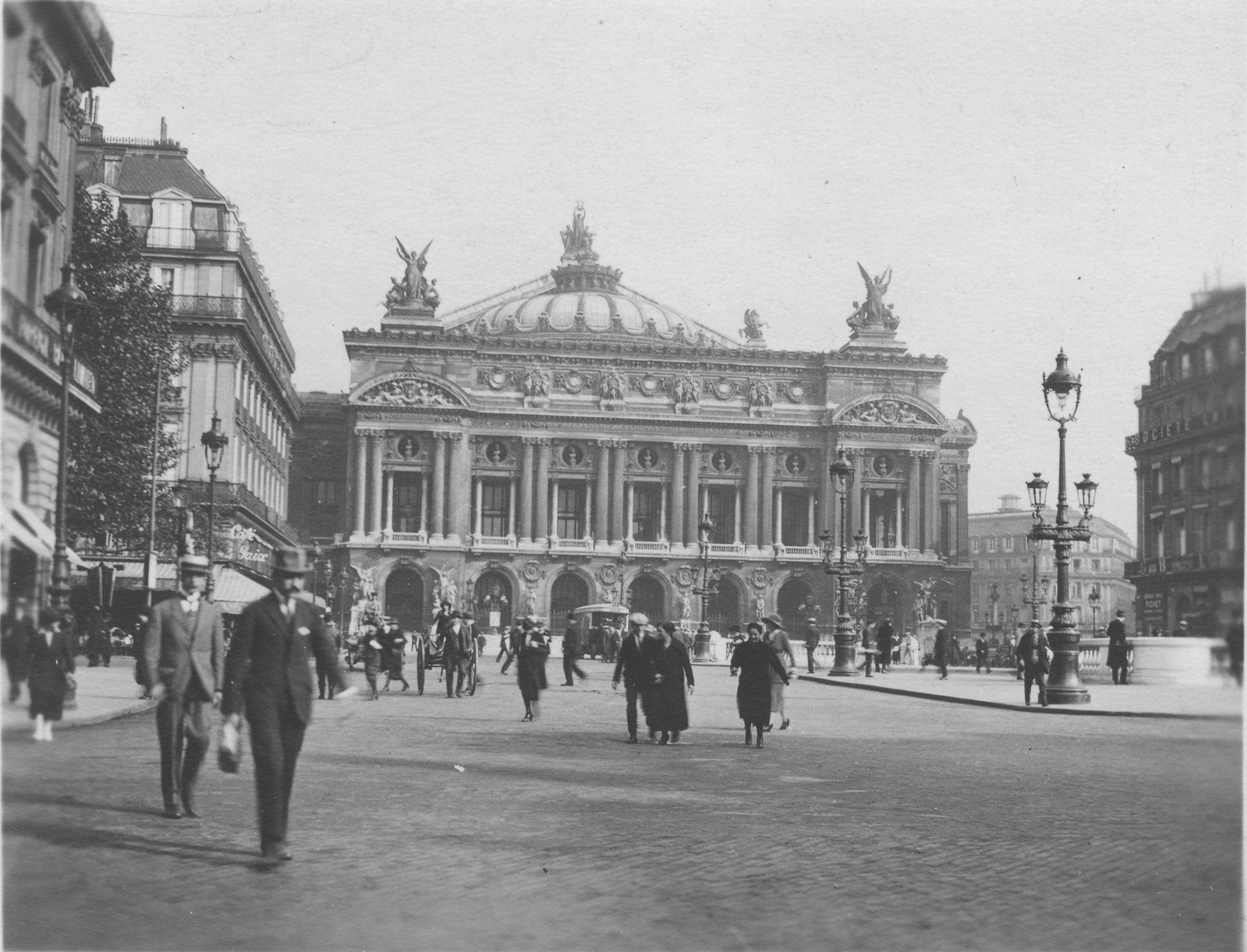
From the Archives #57 Read More »

